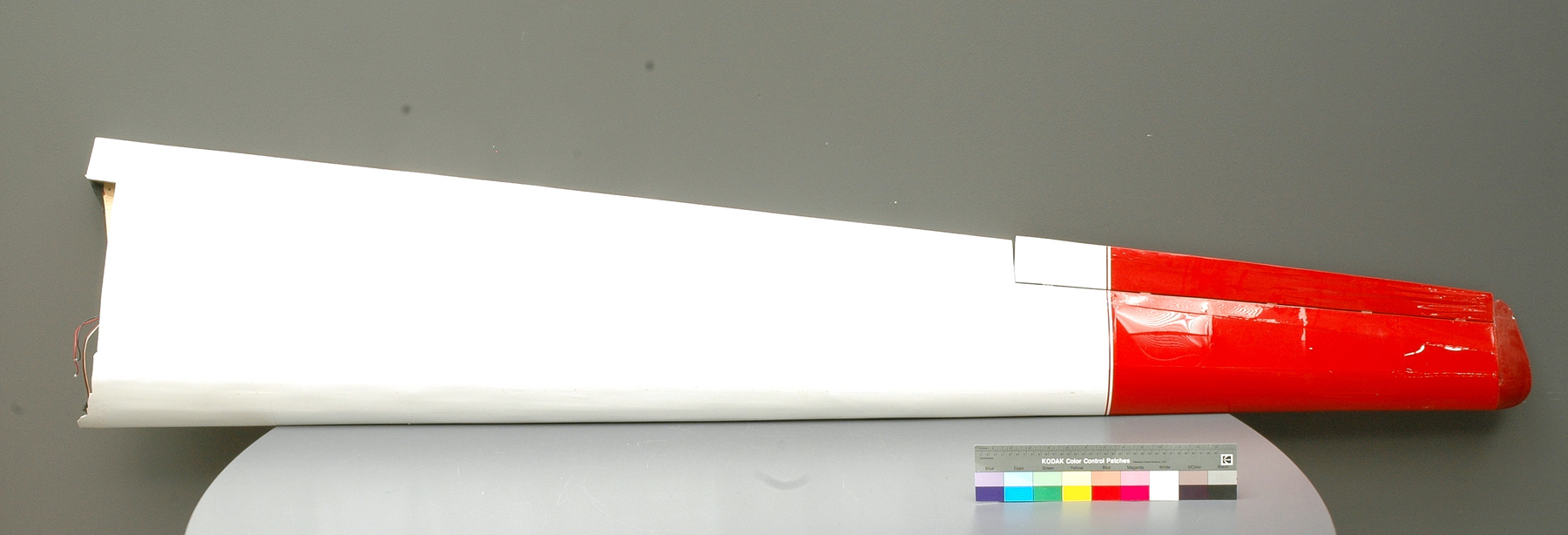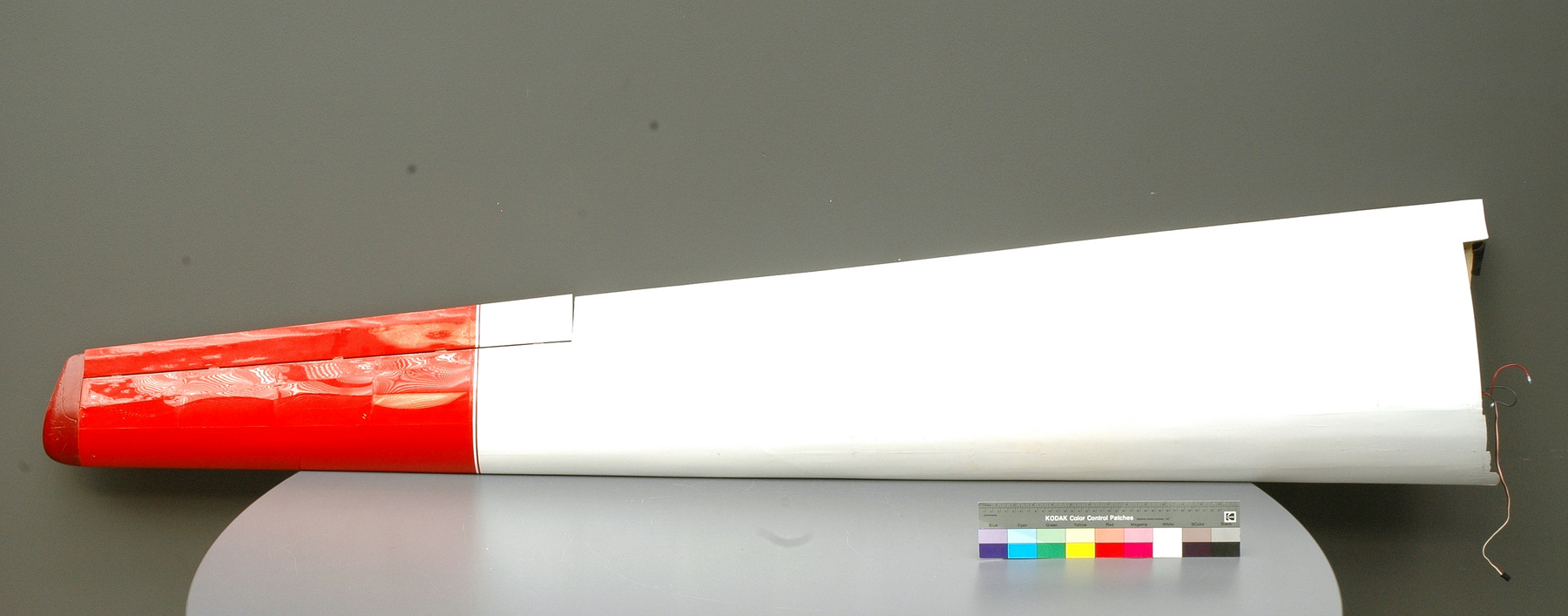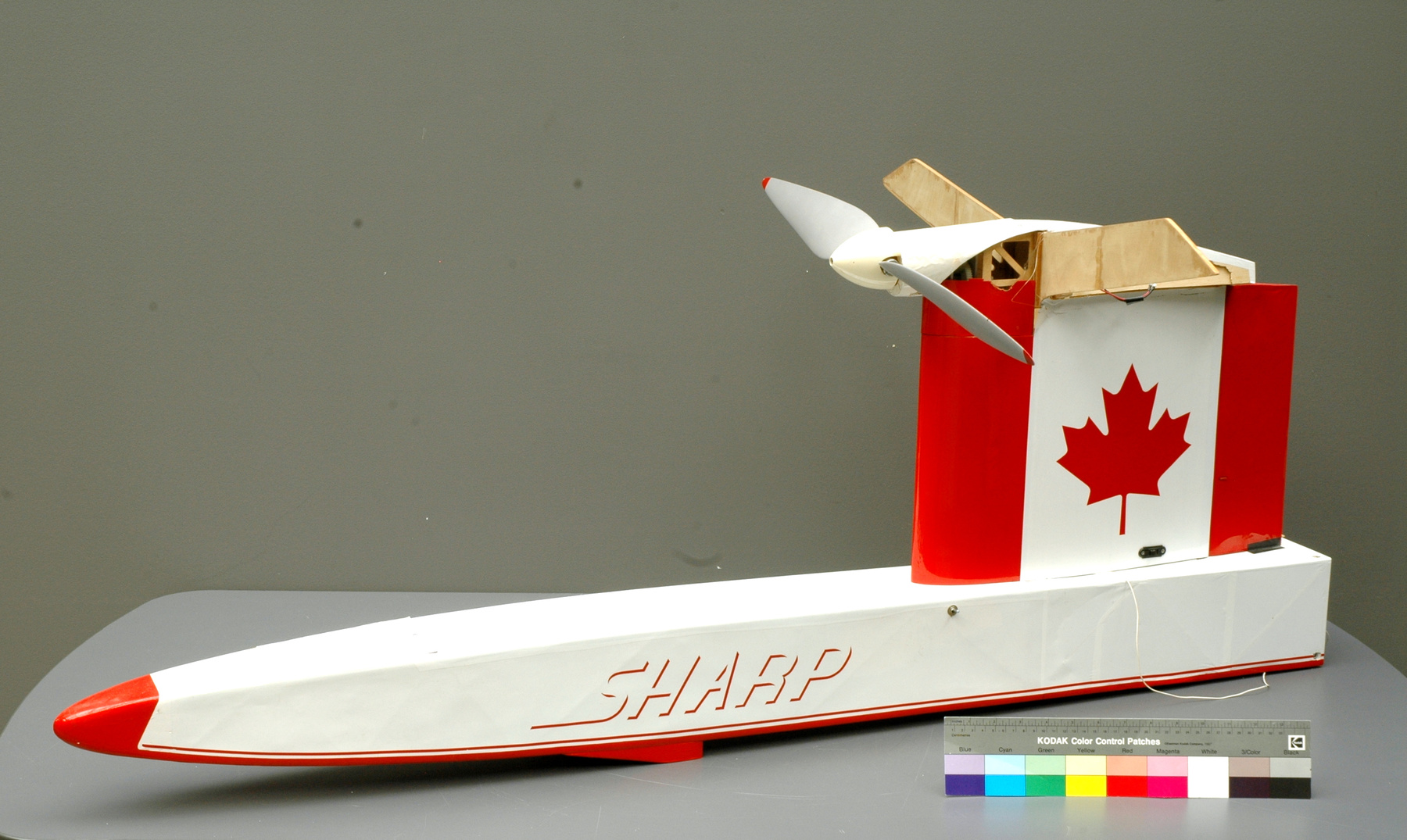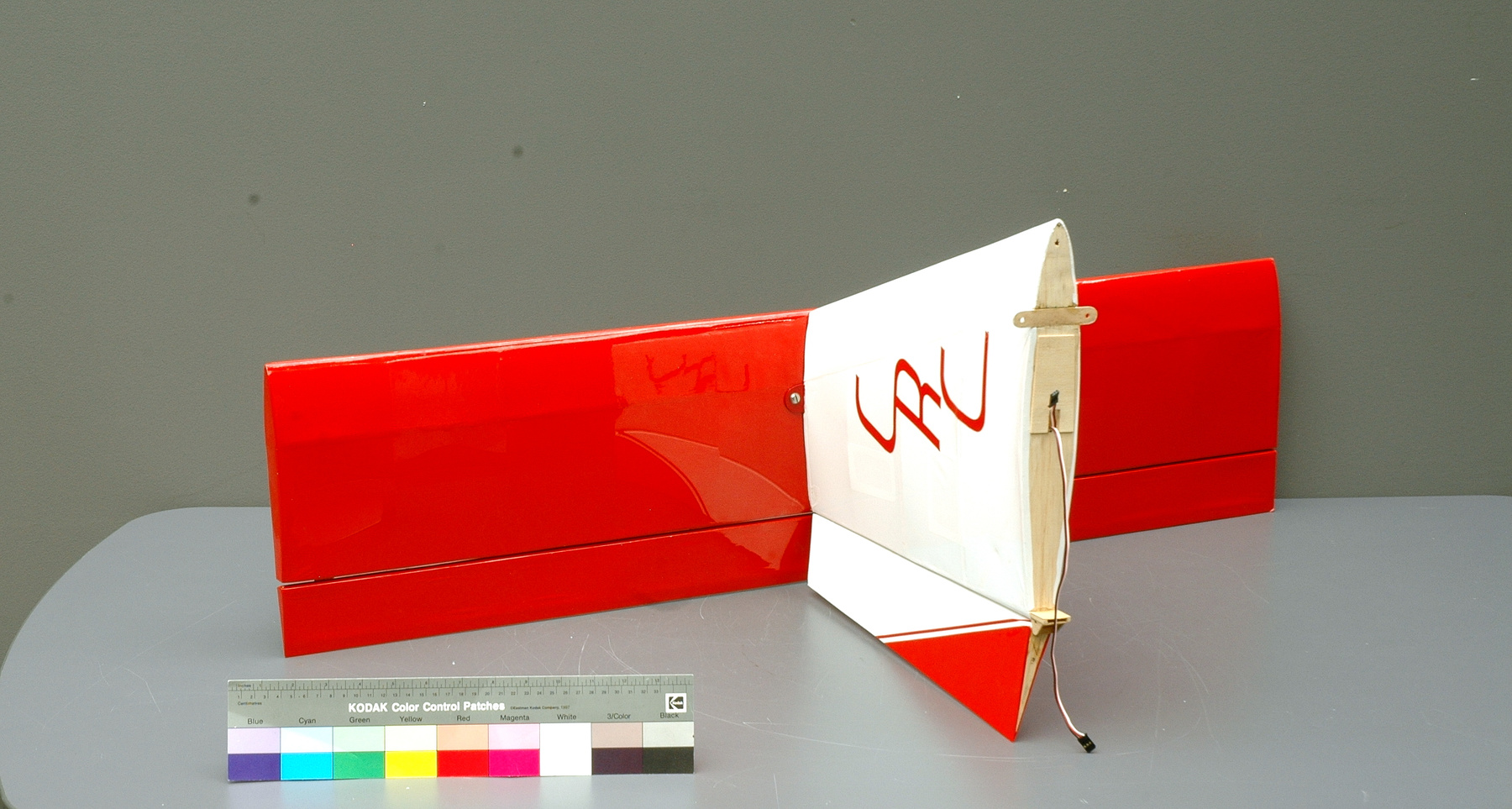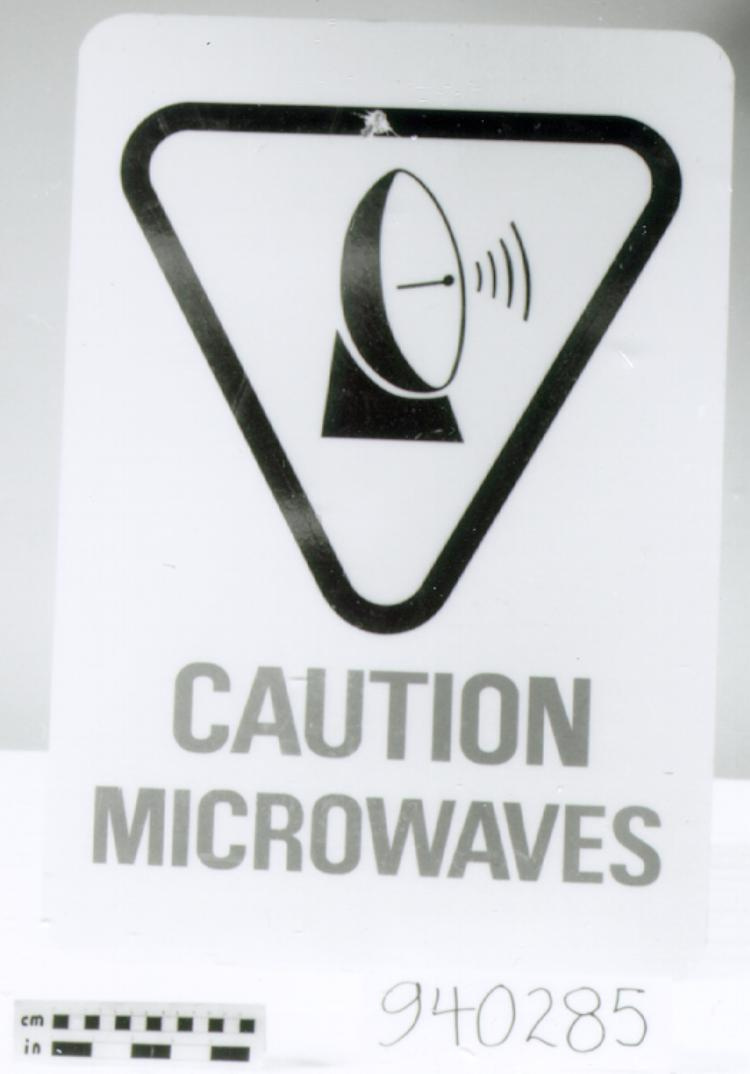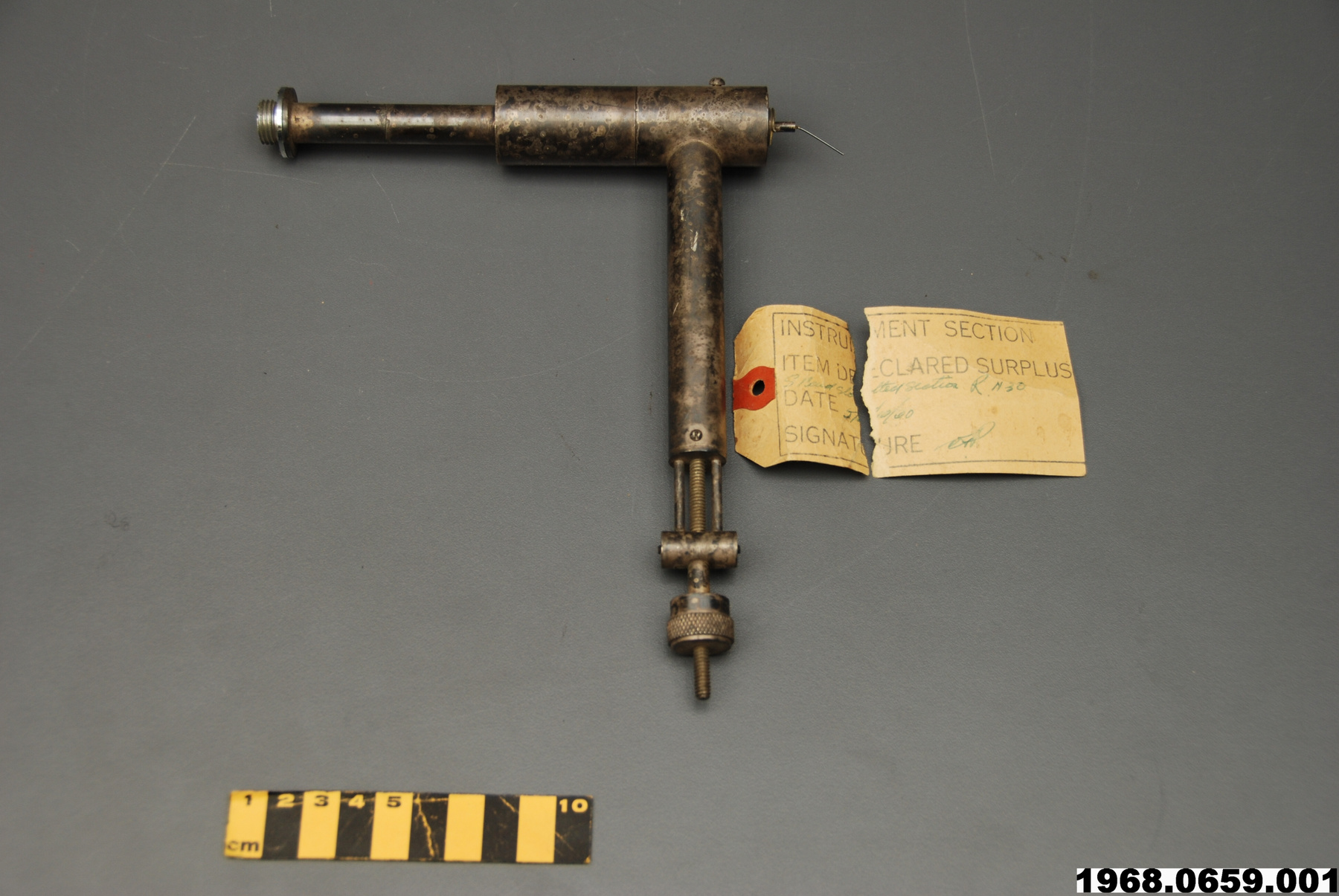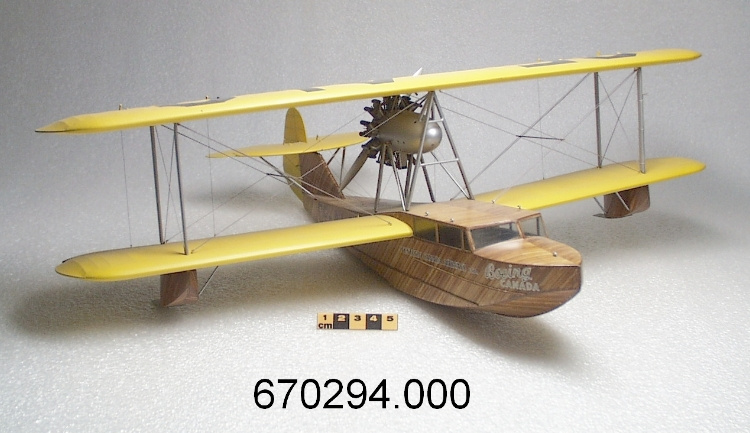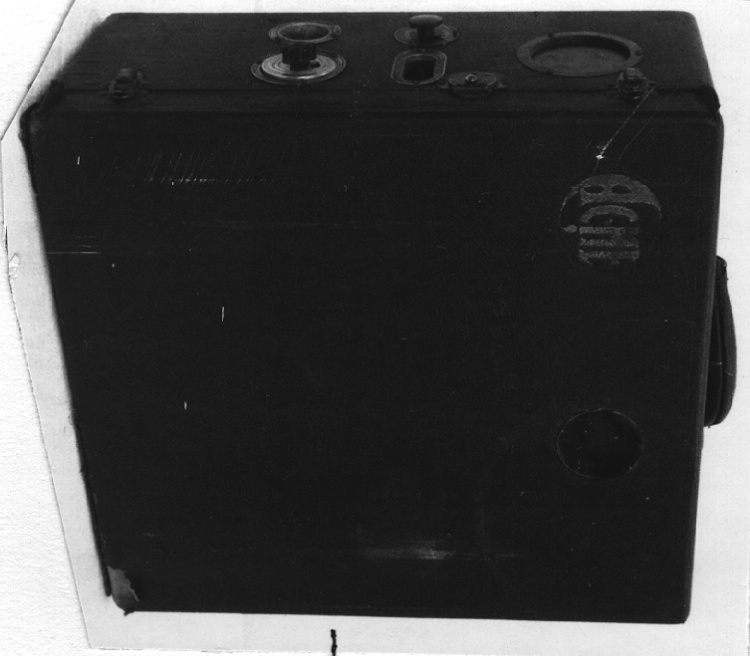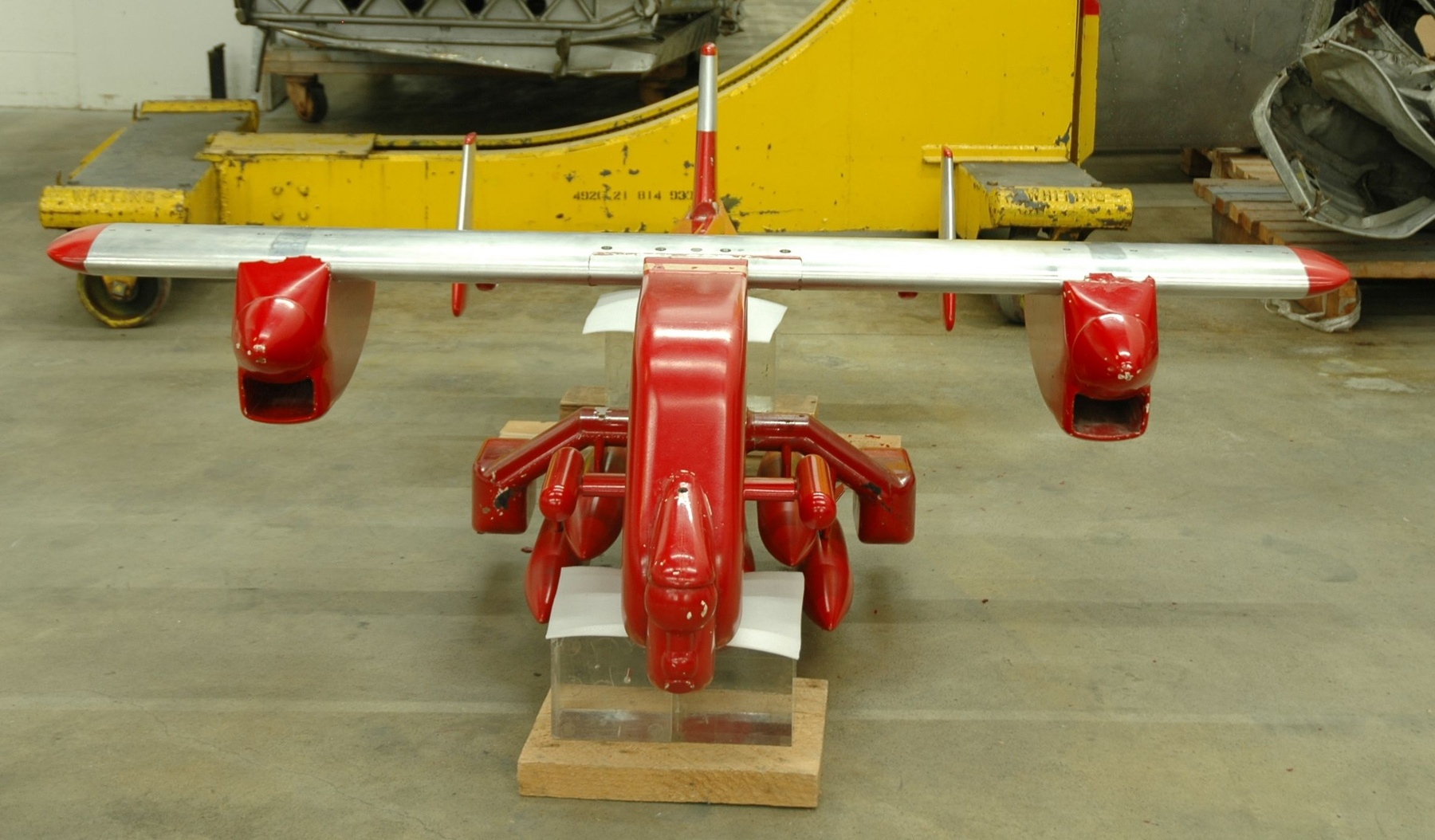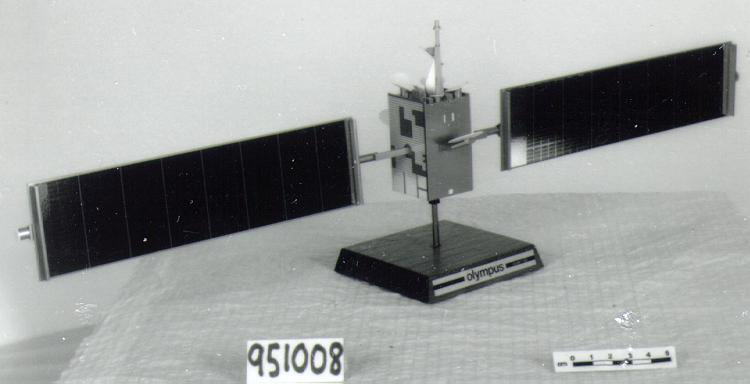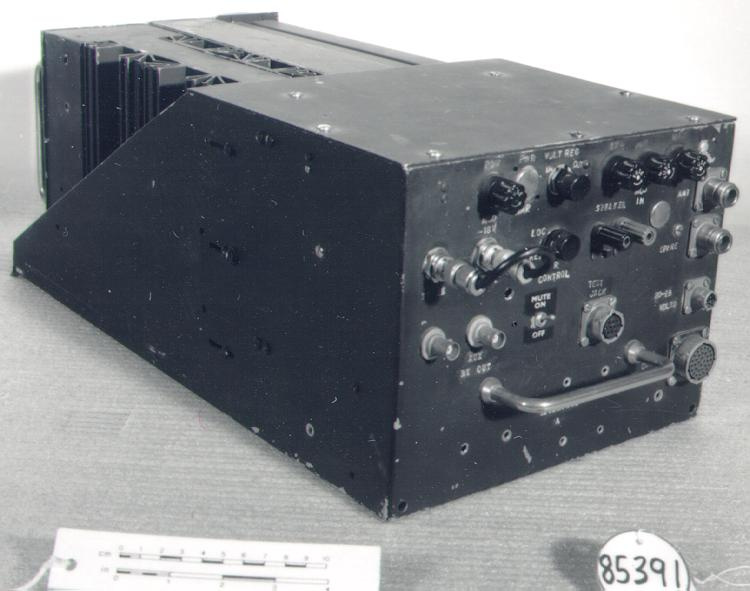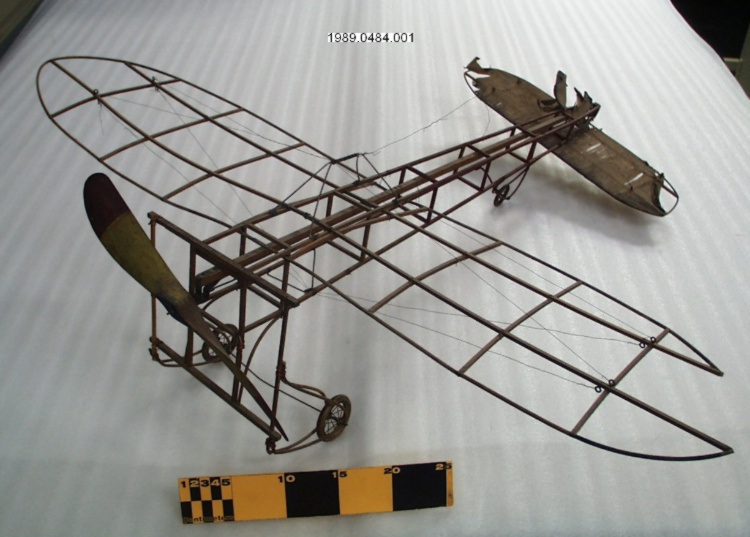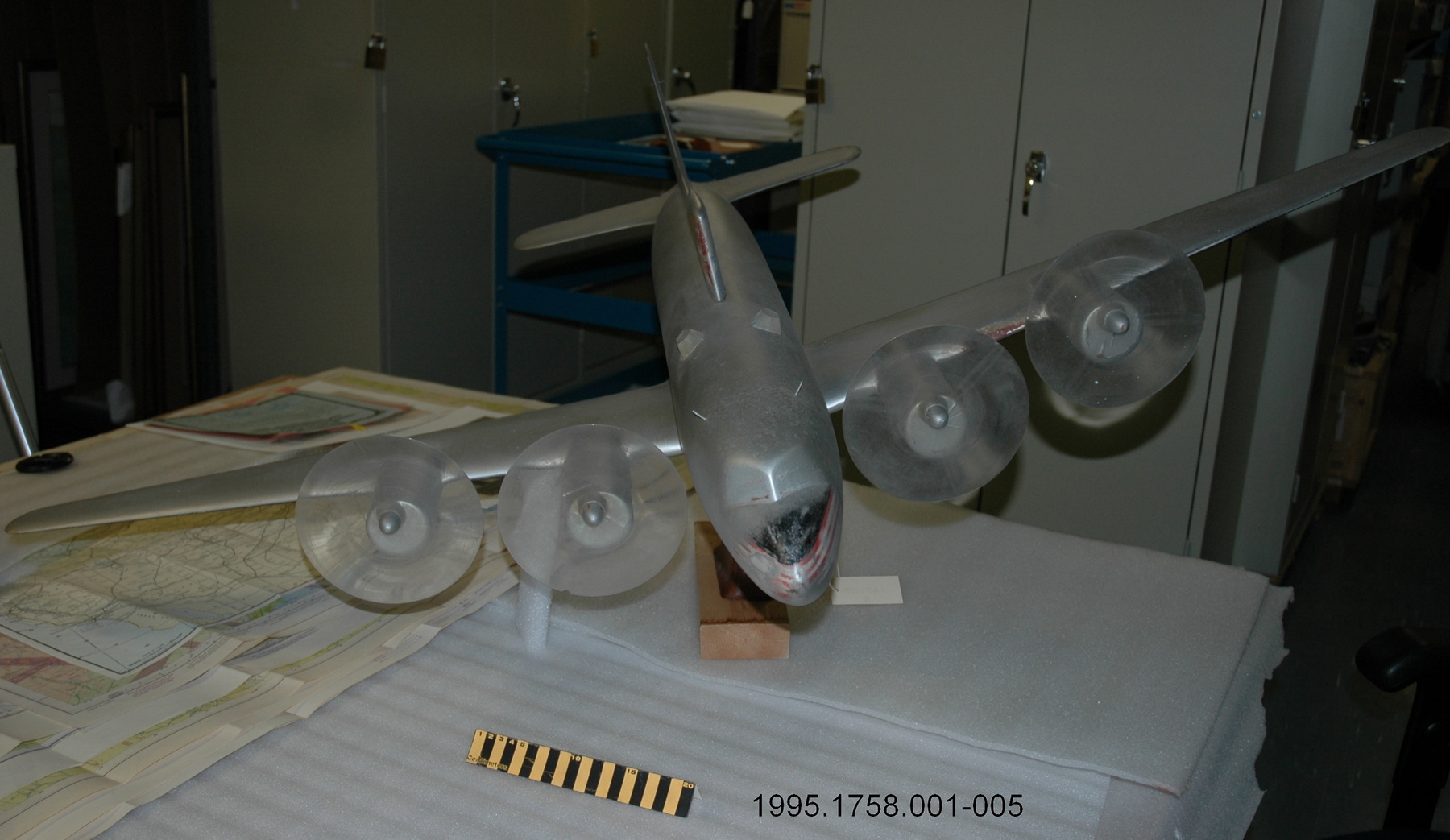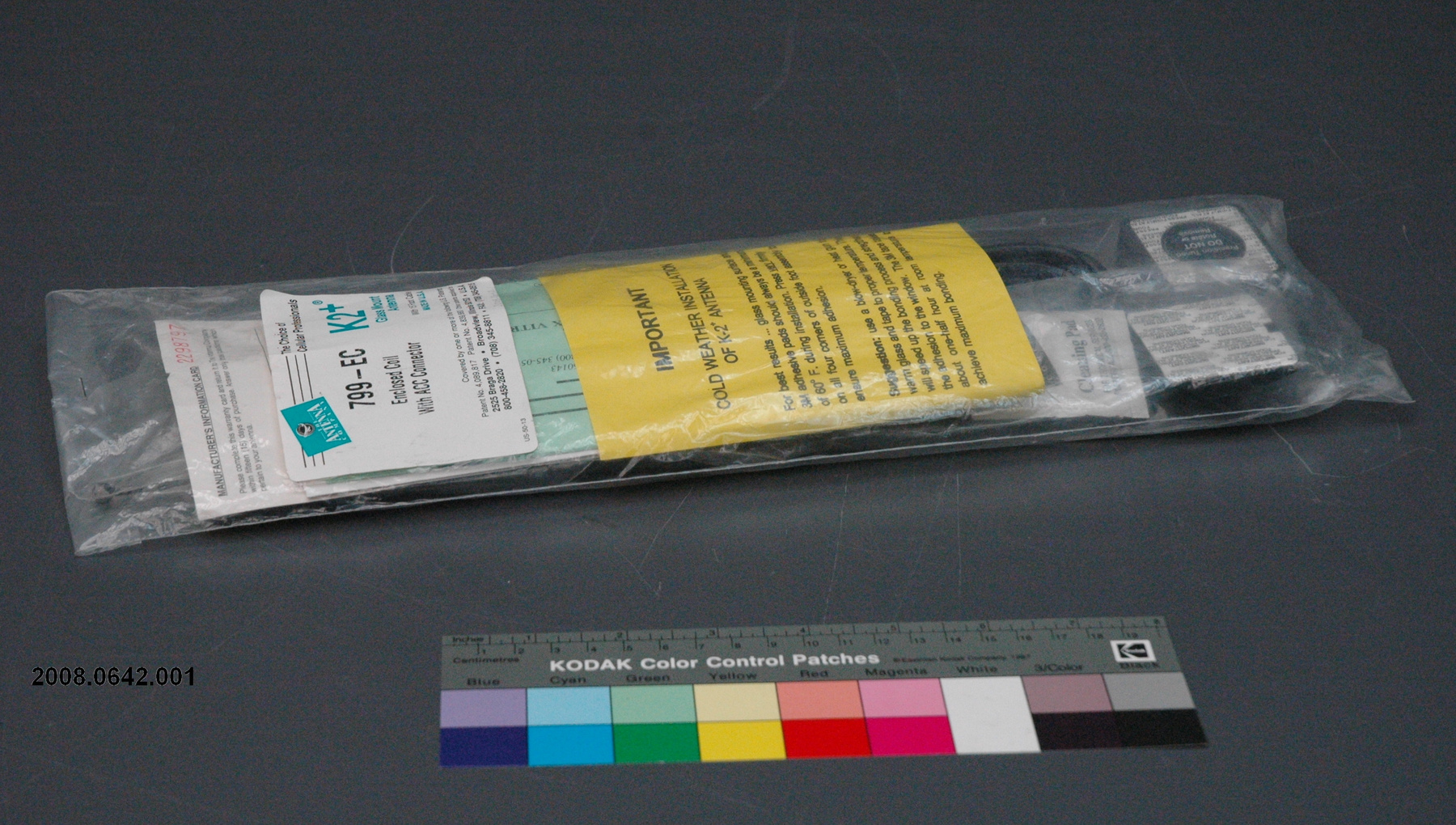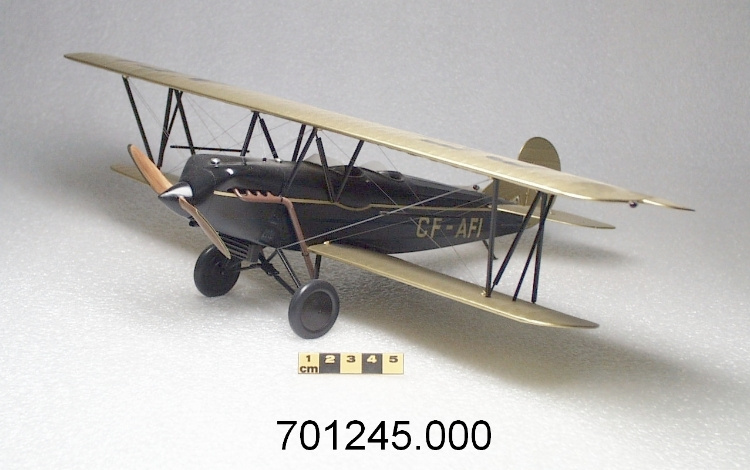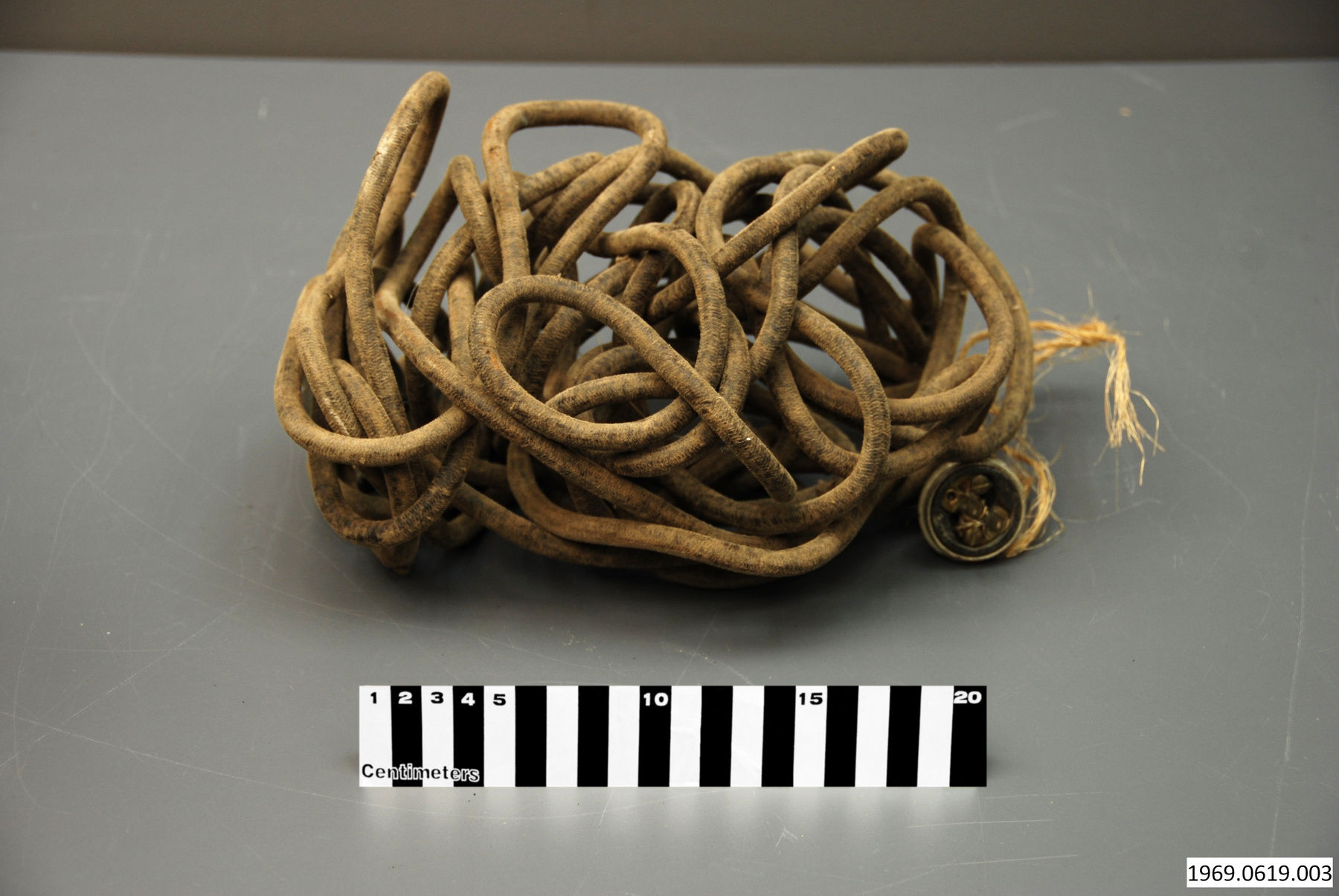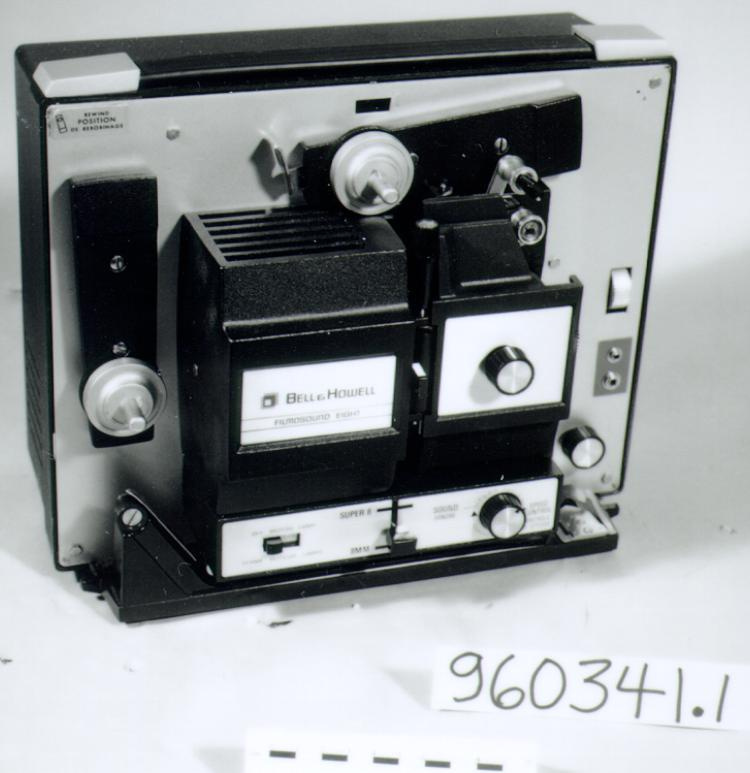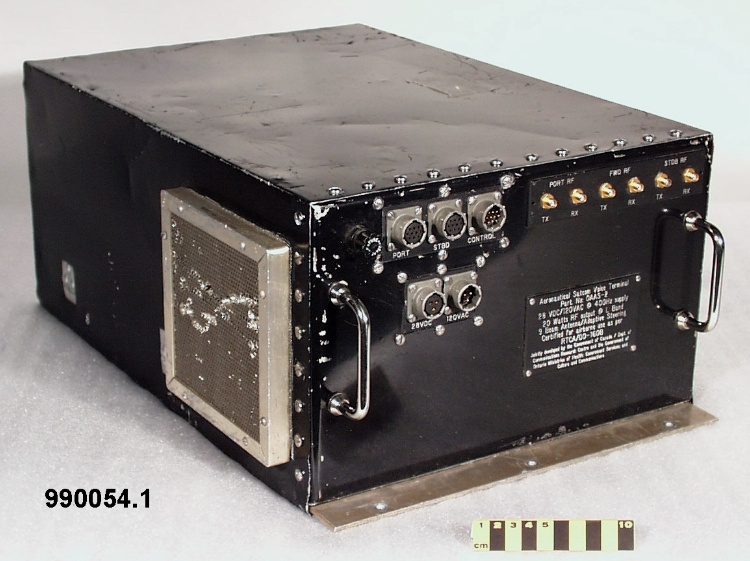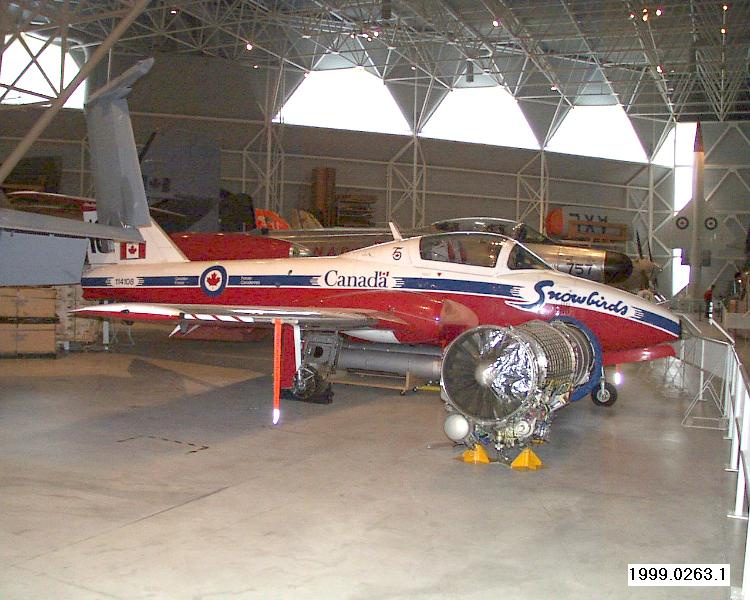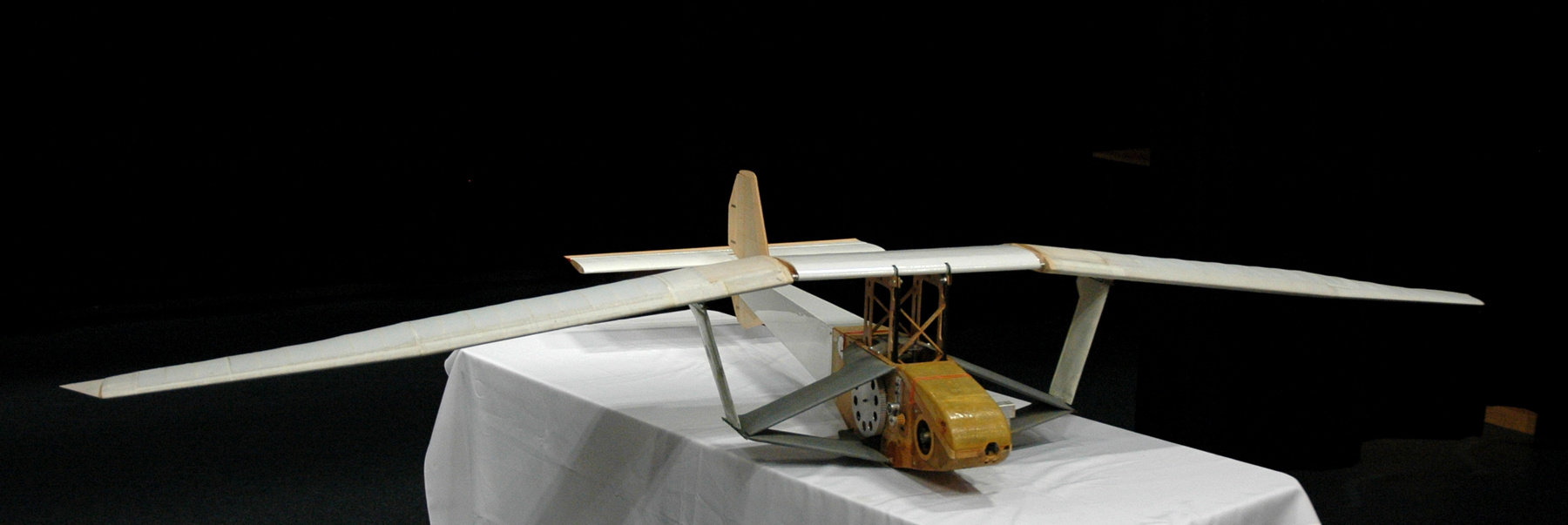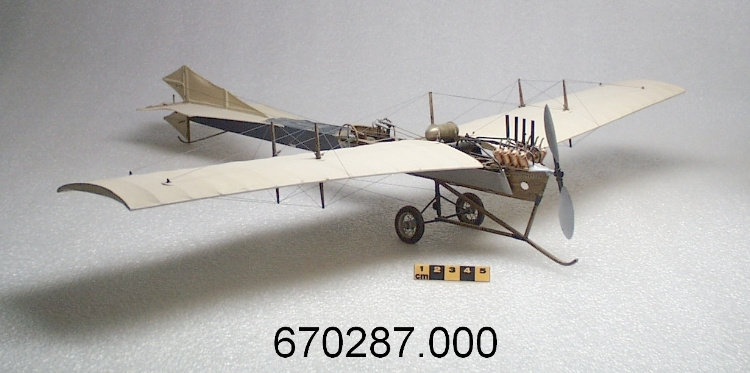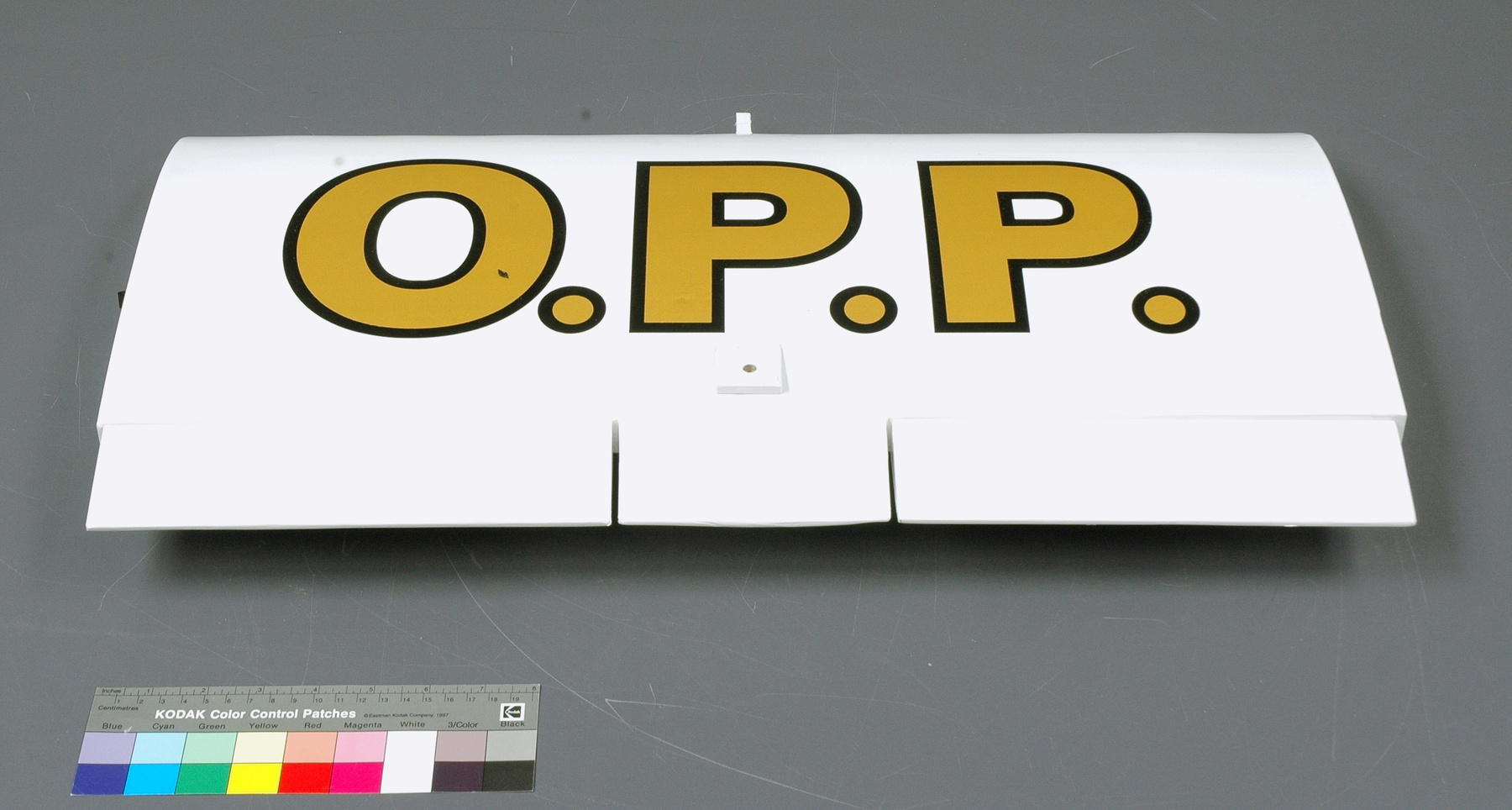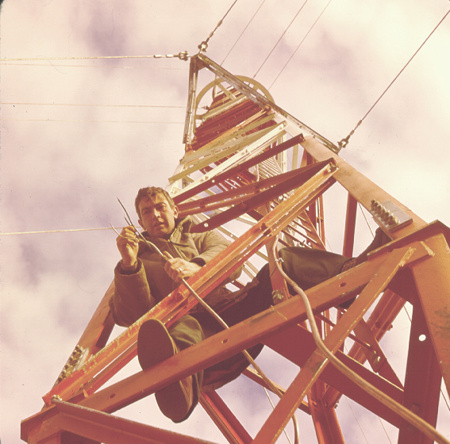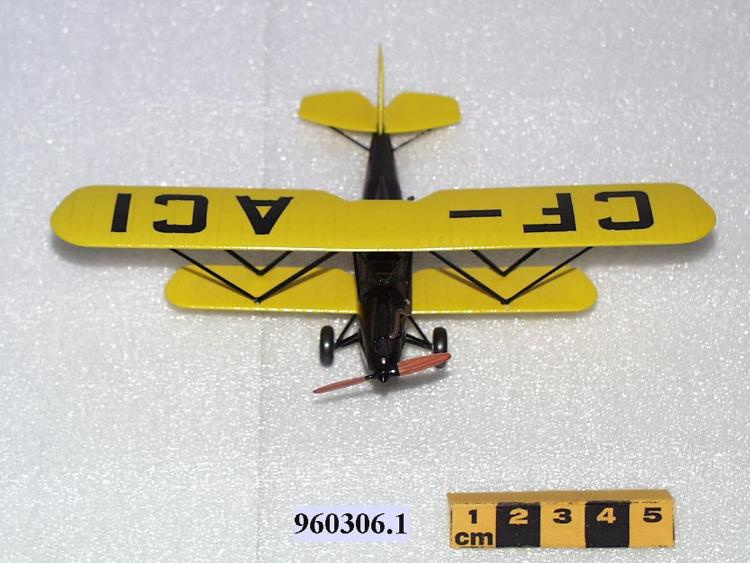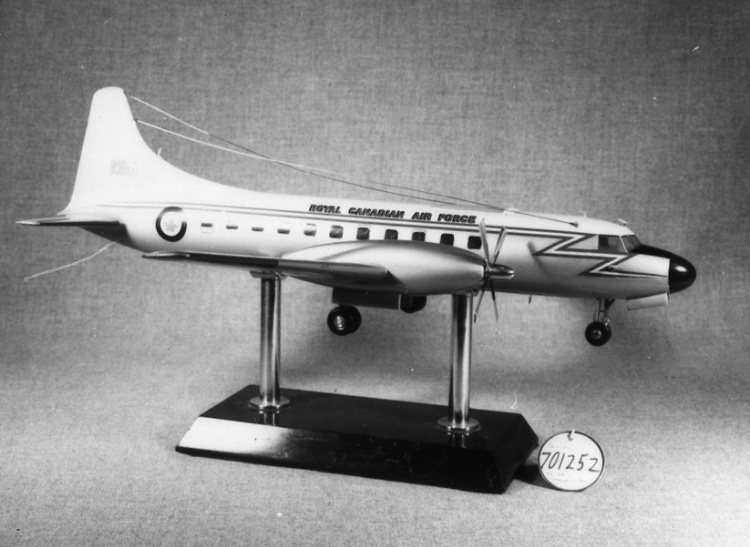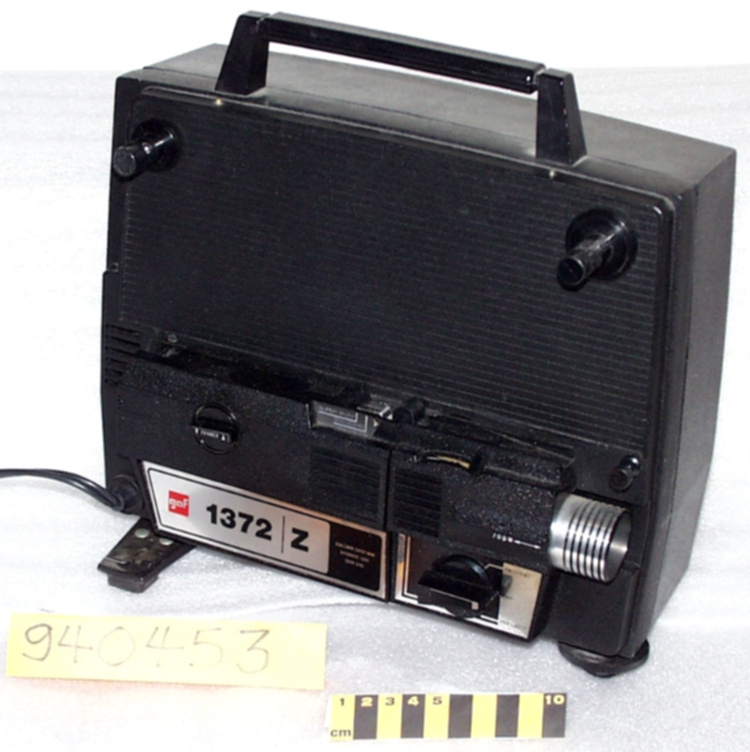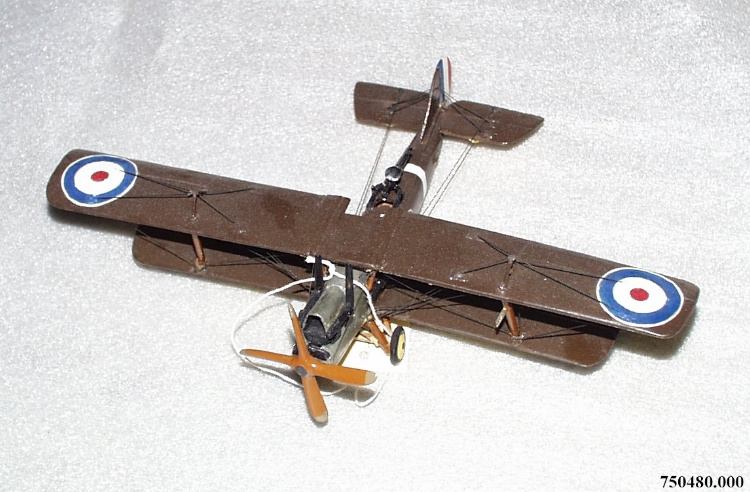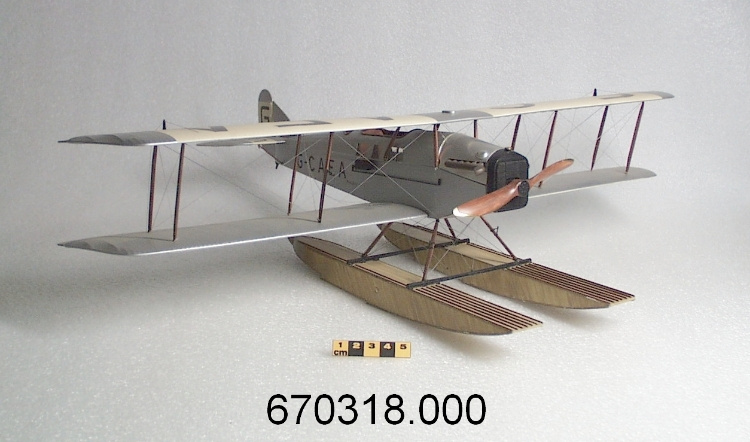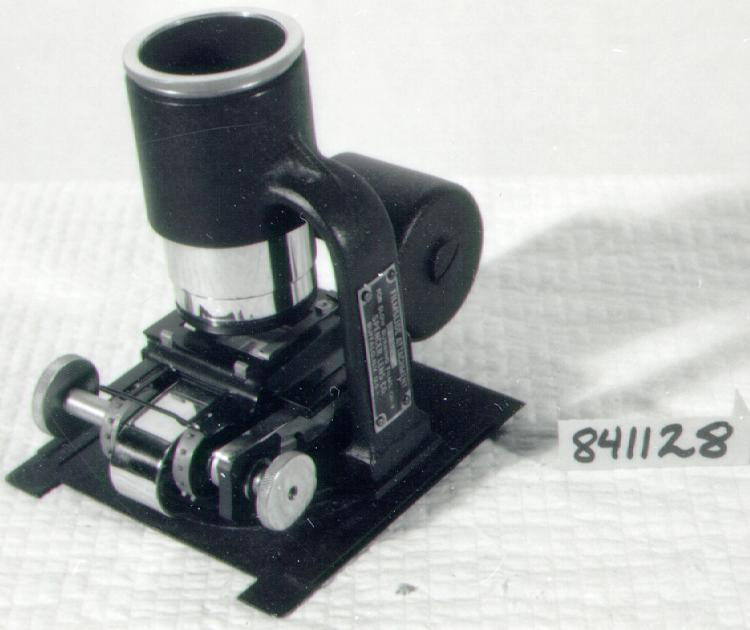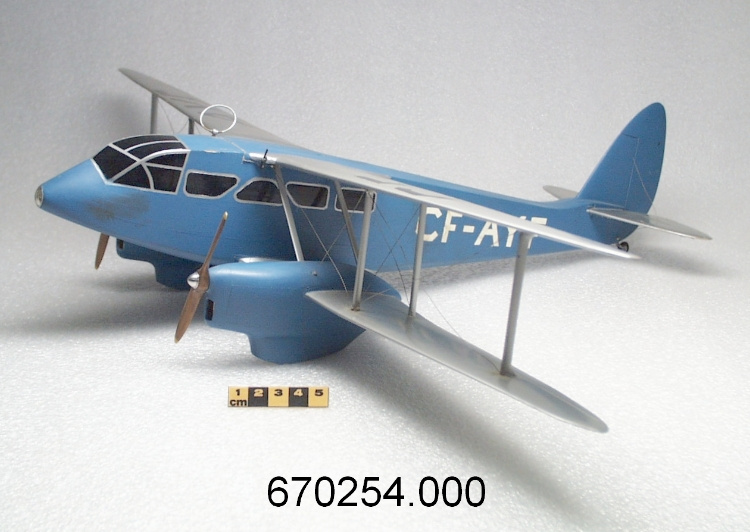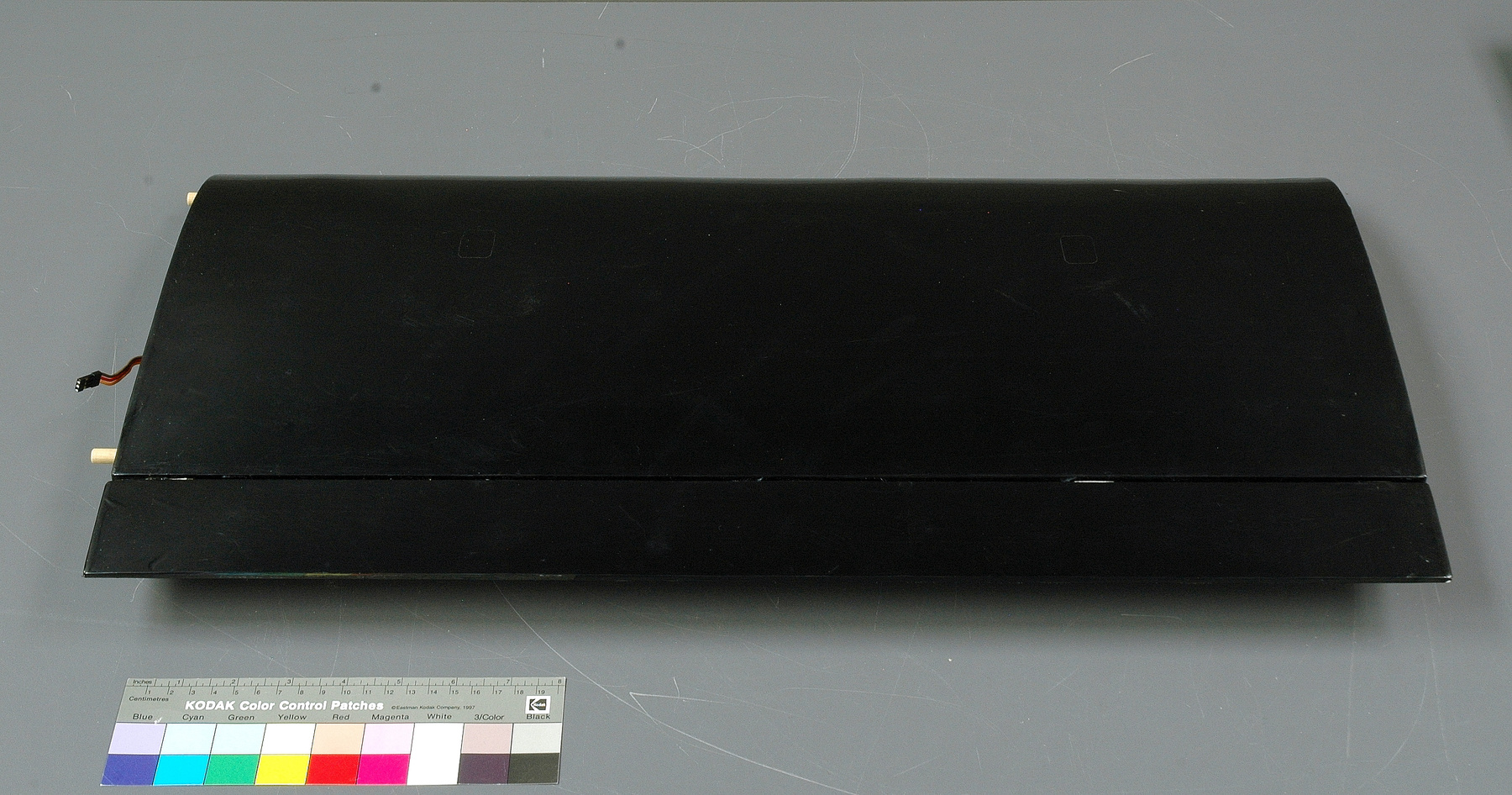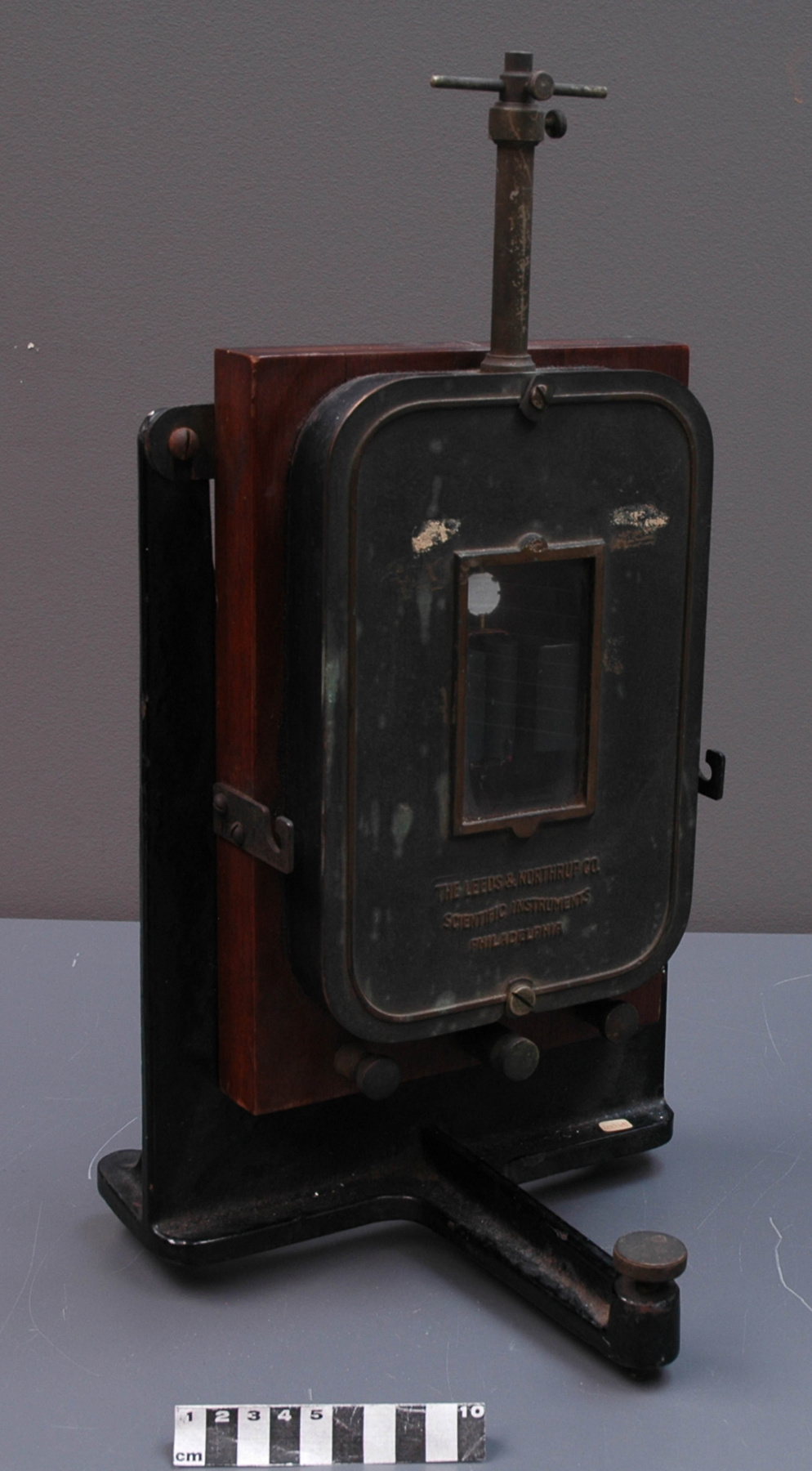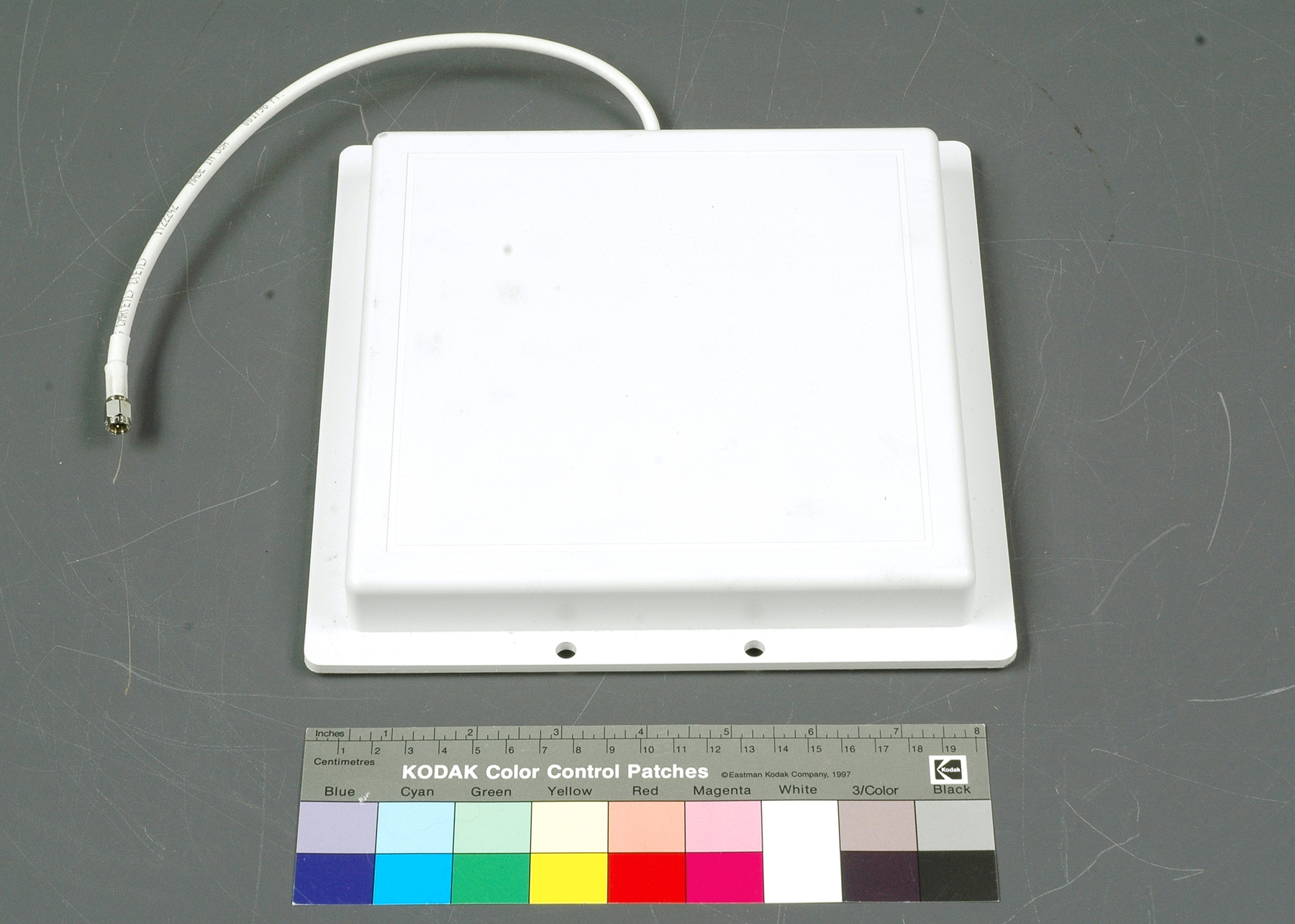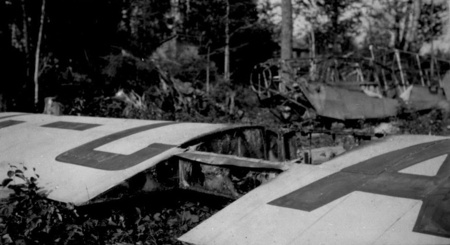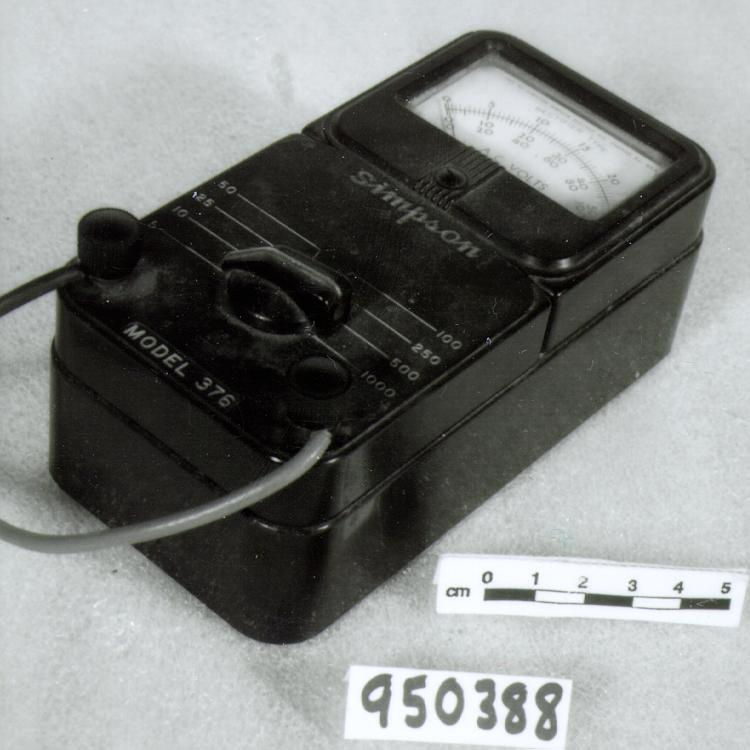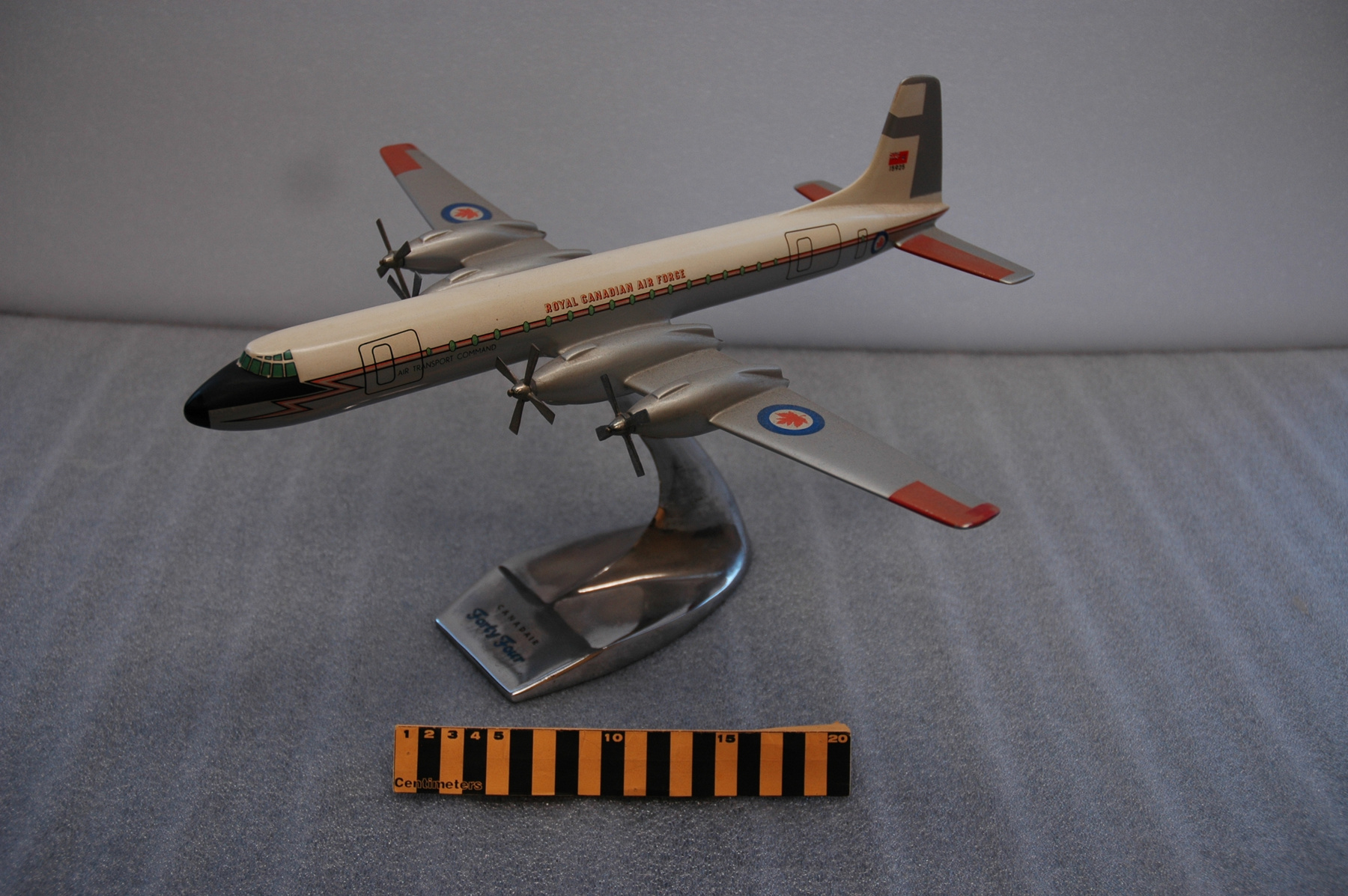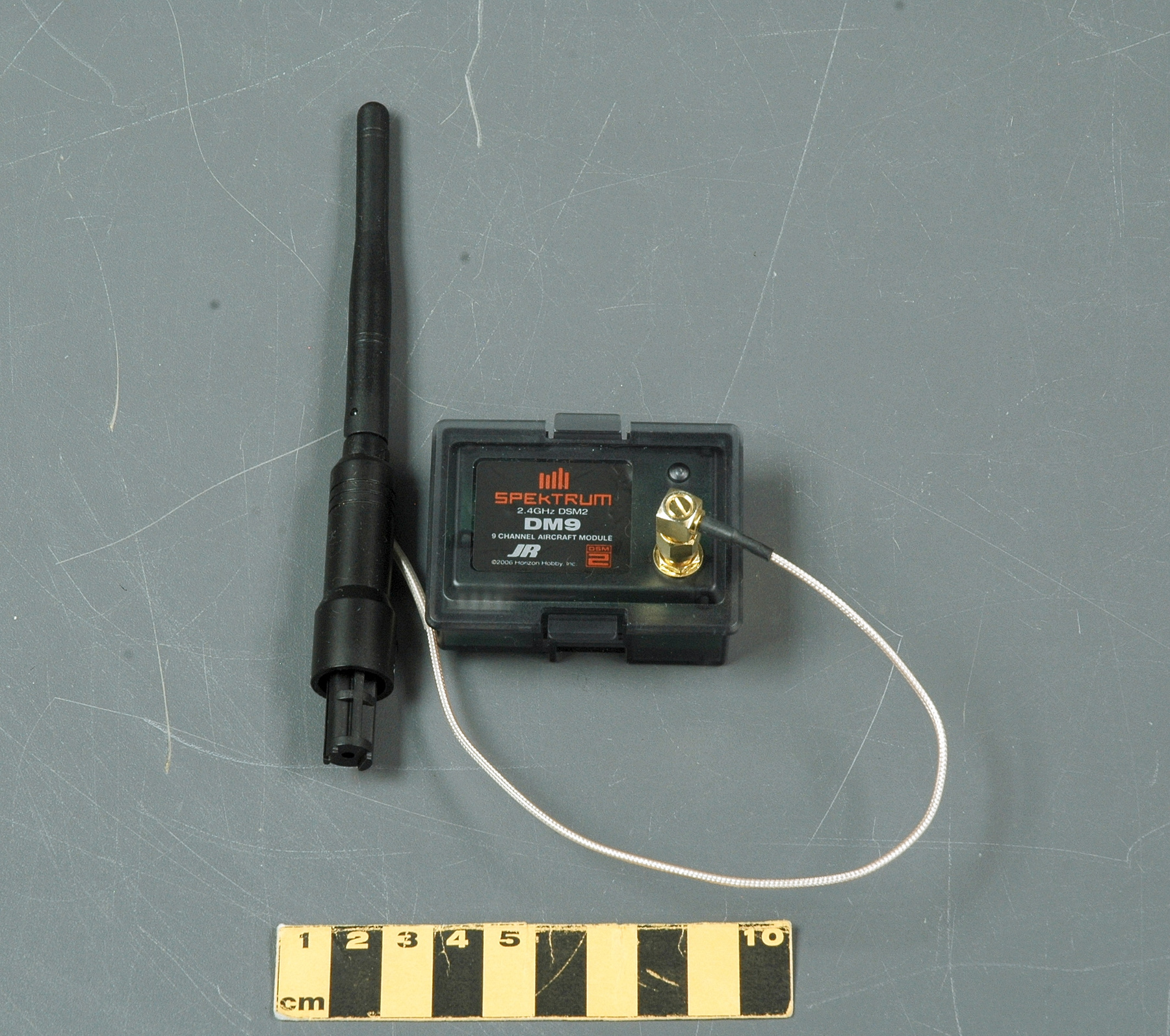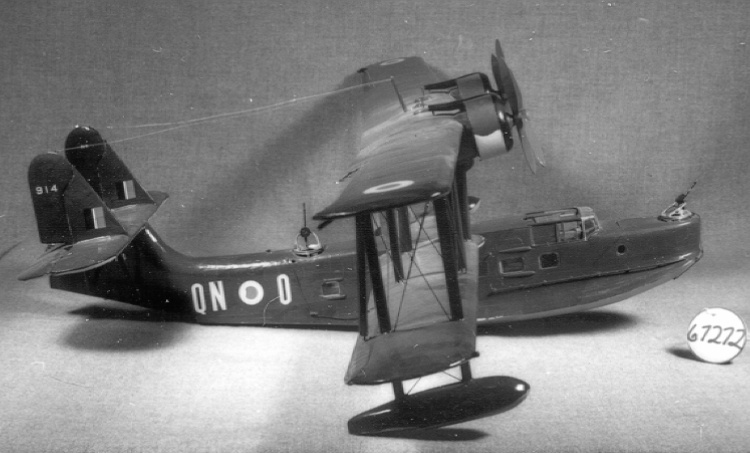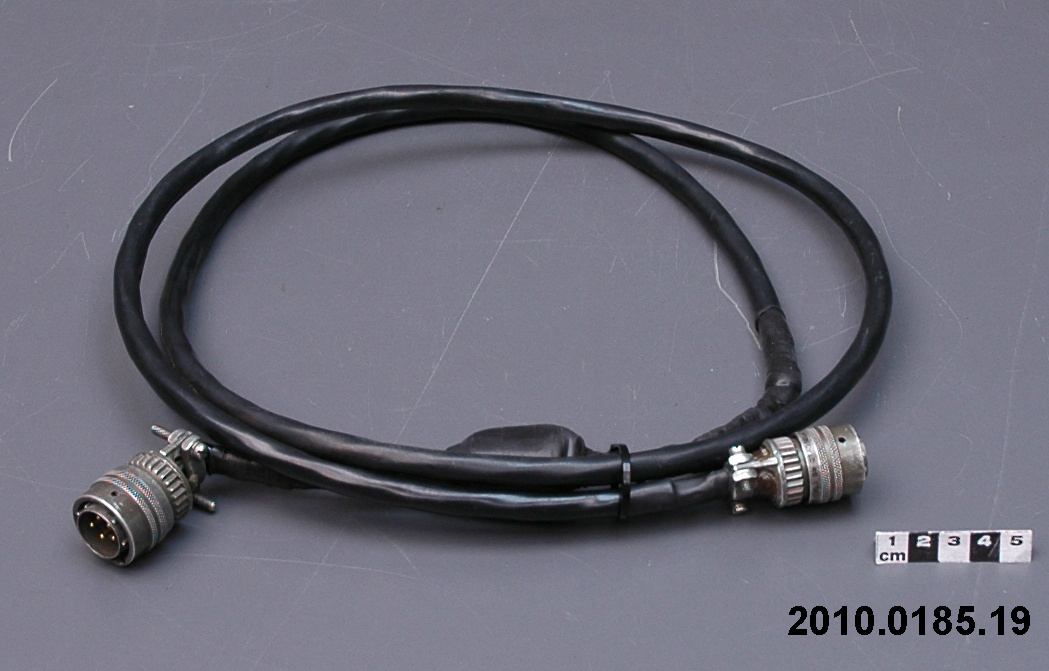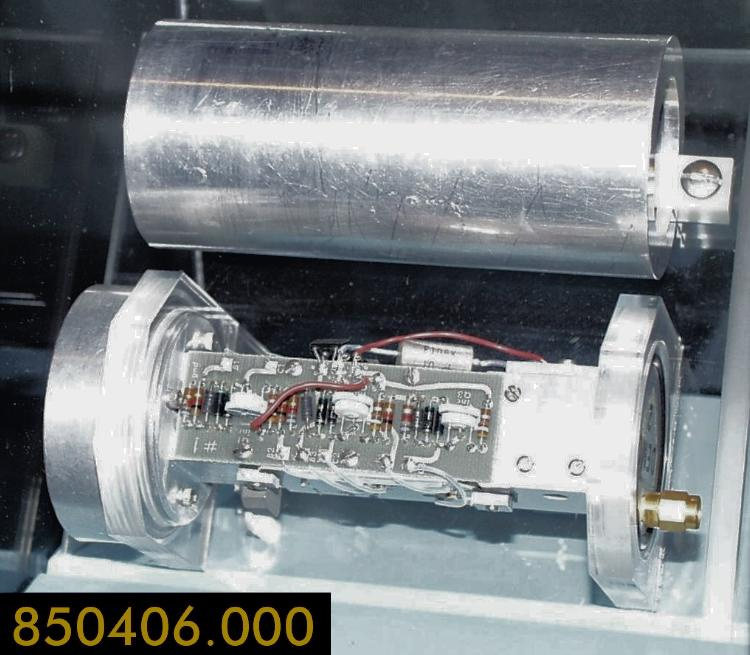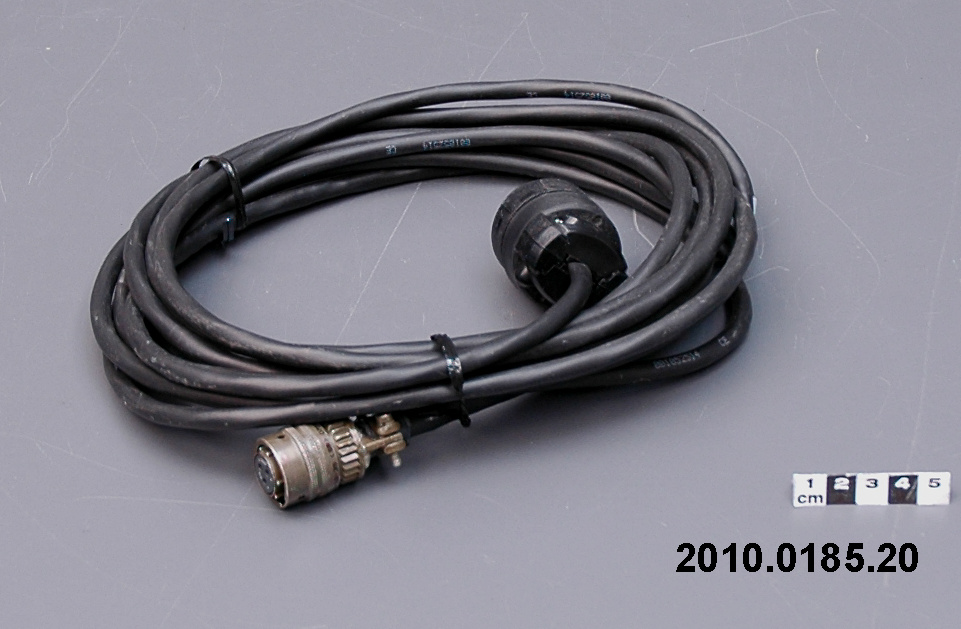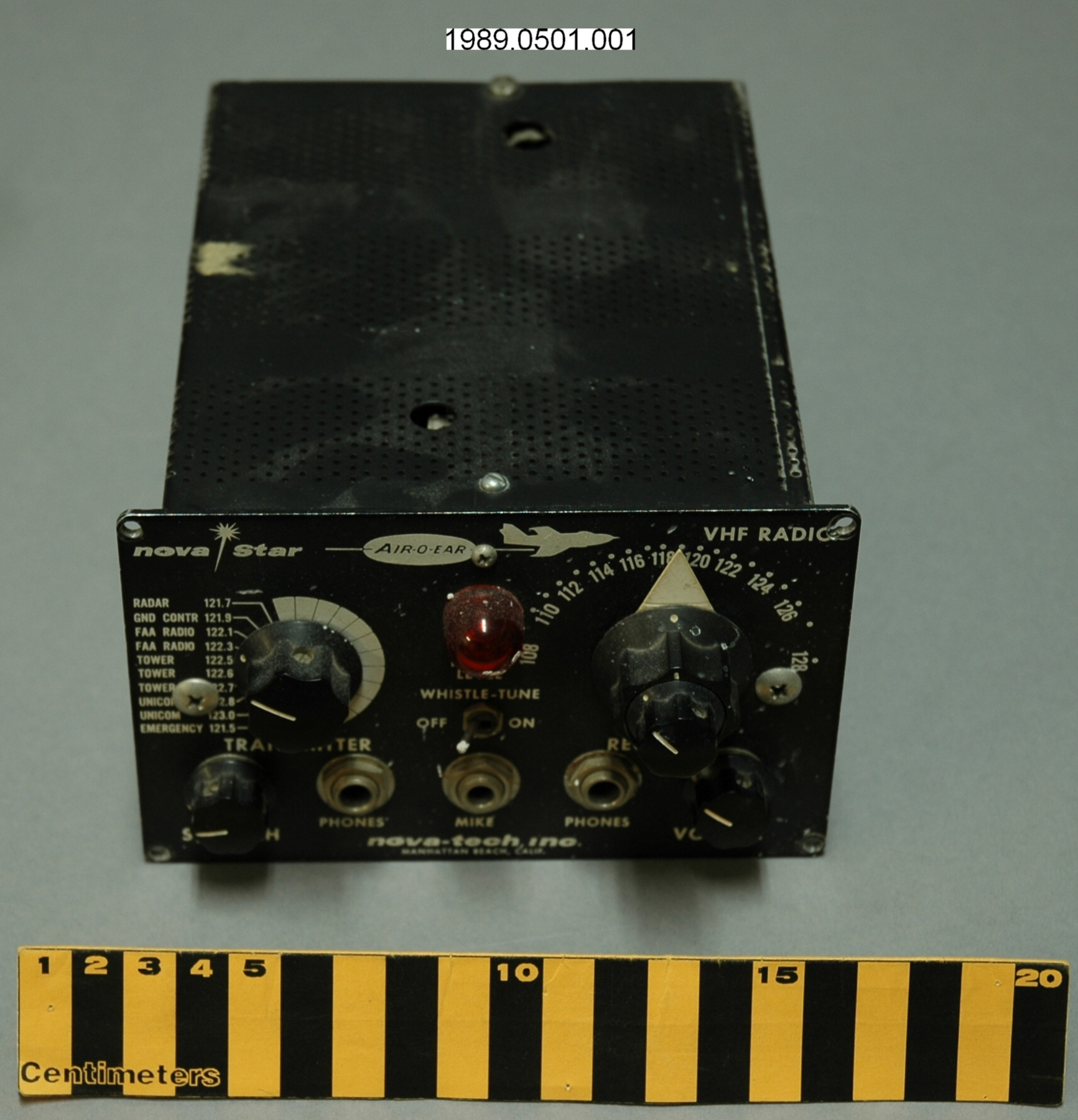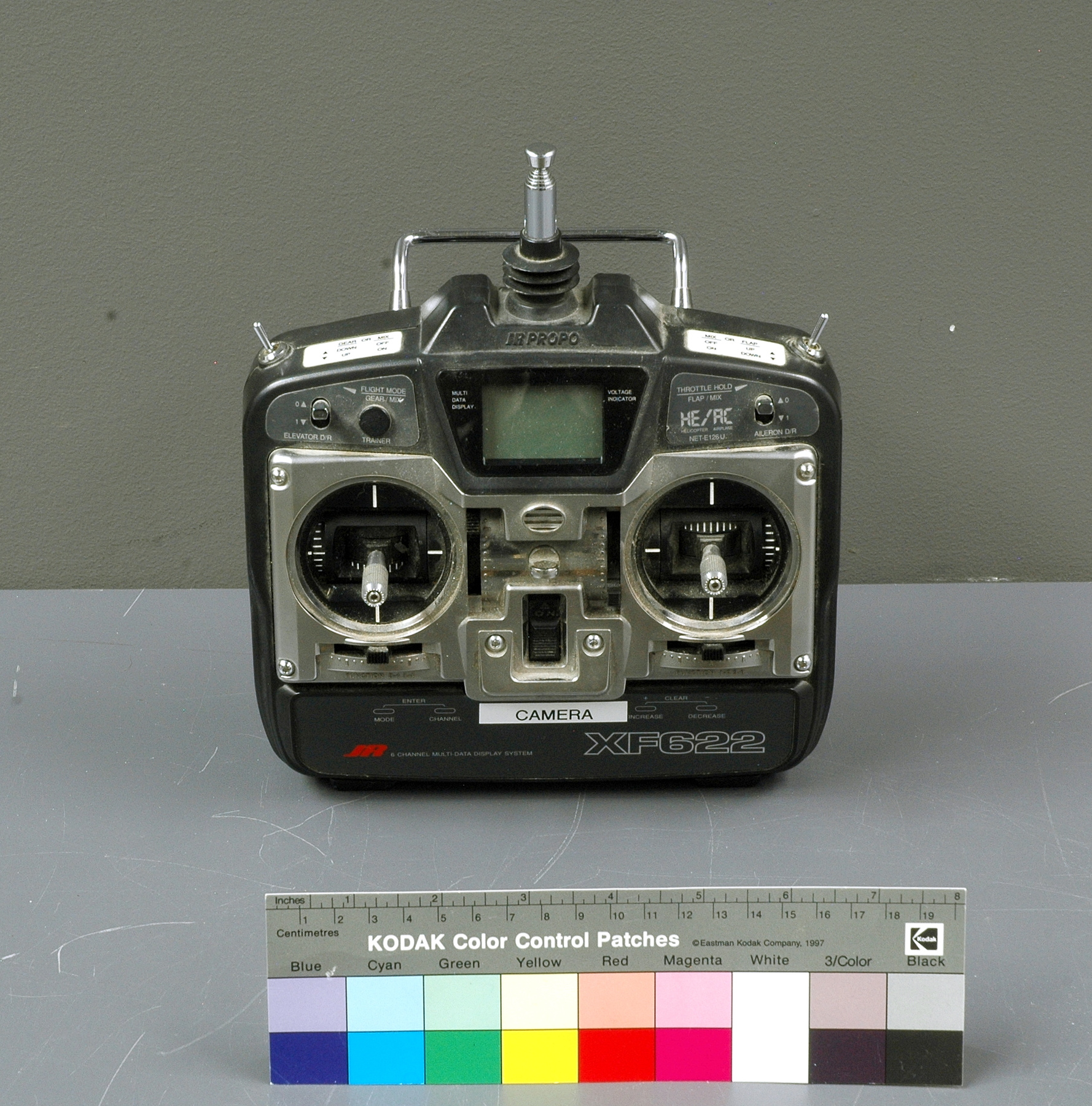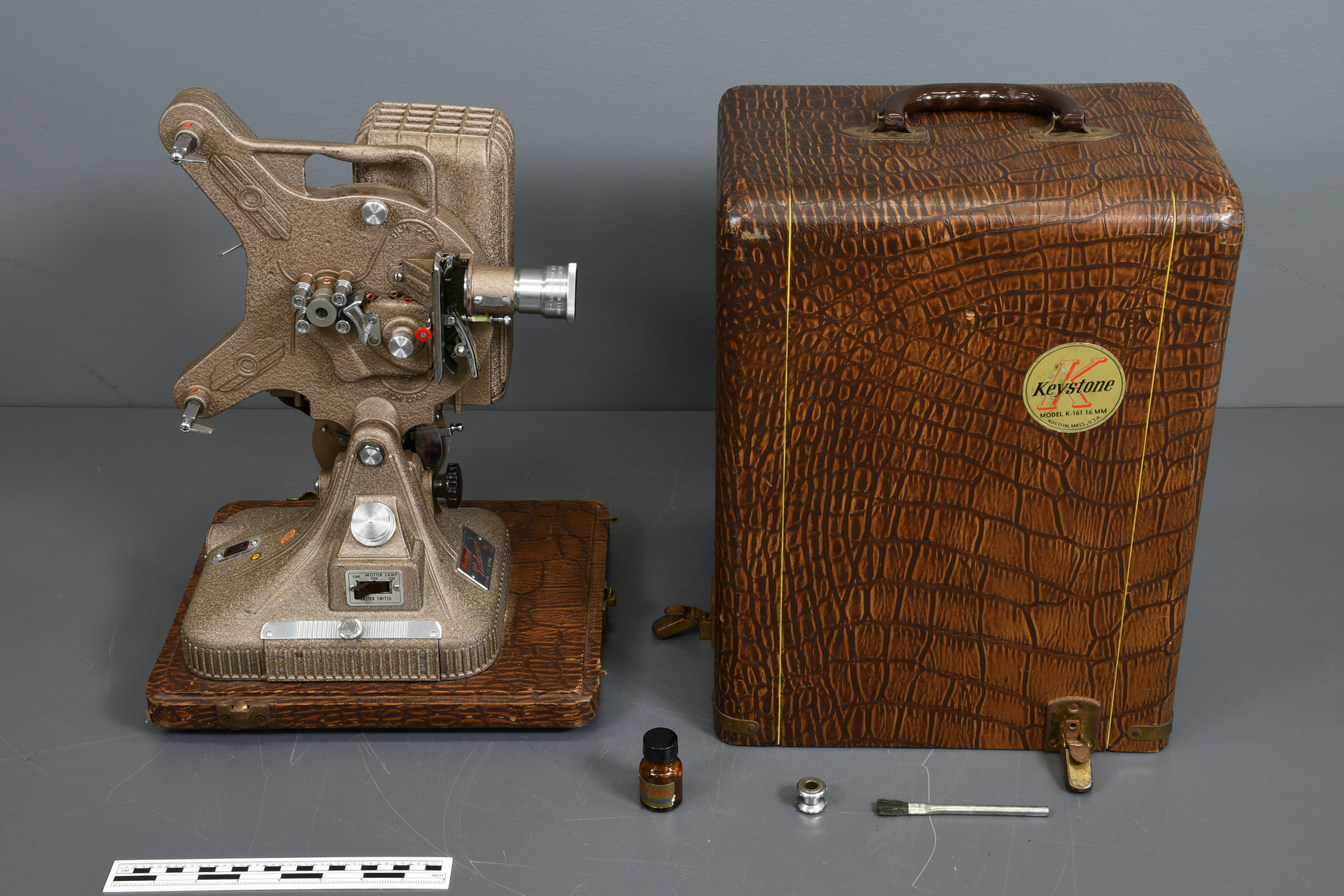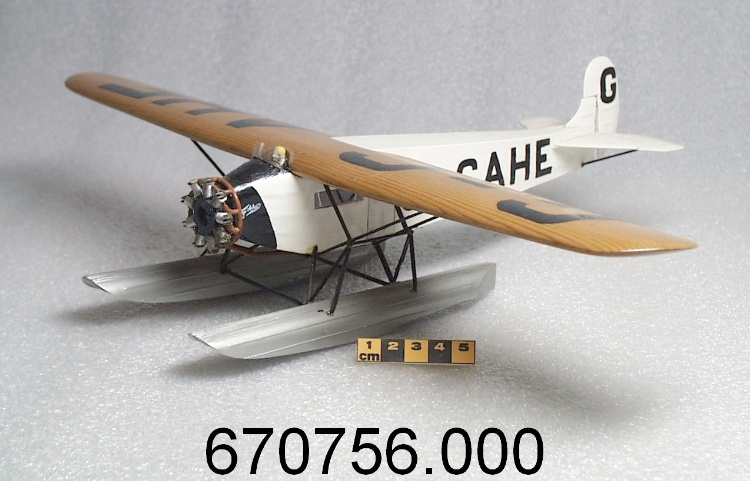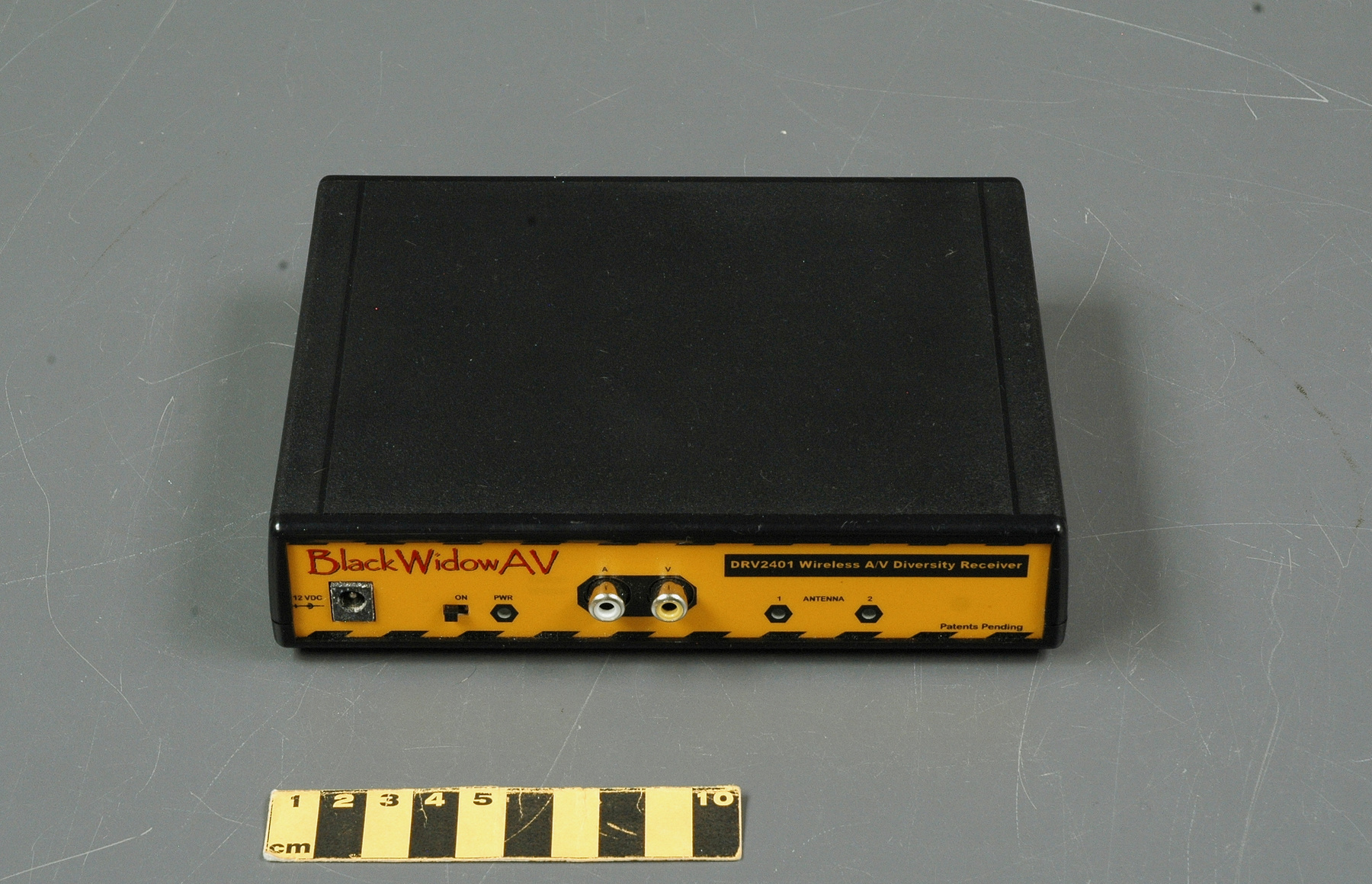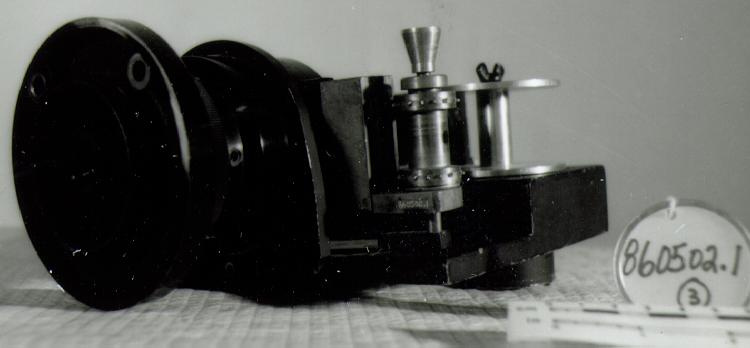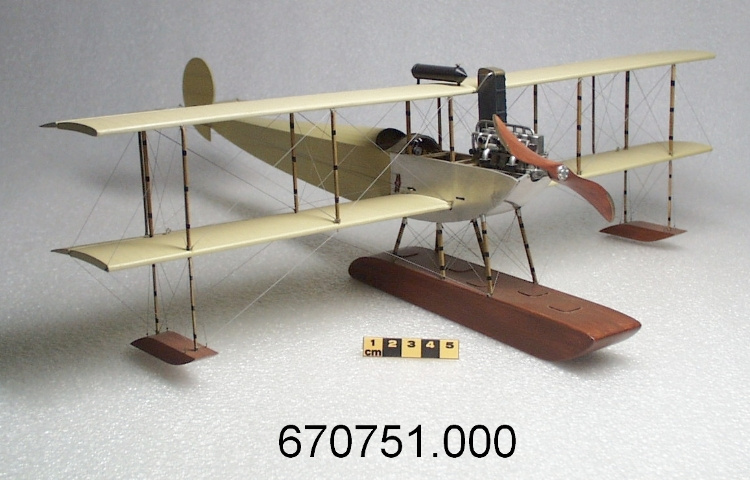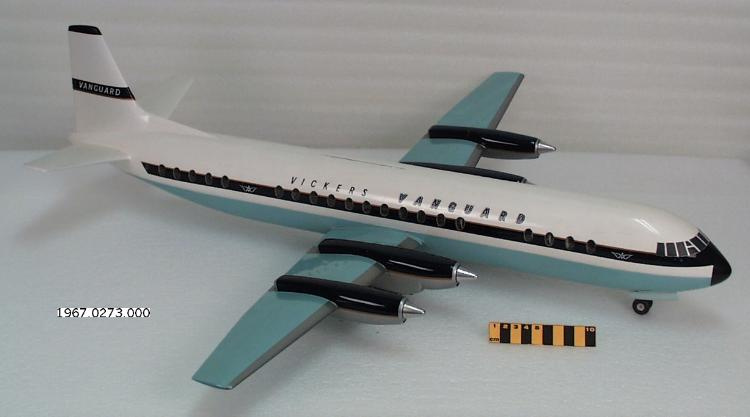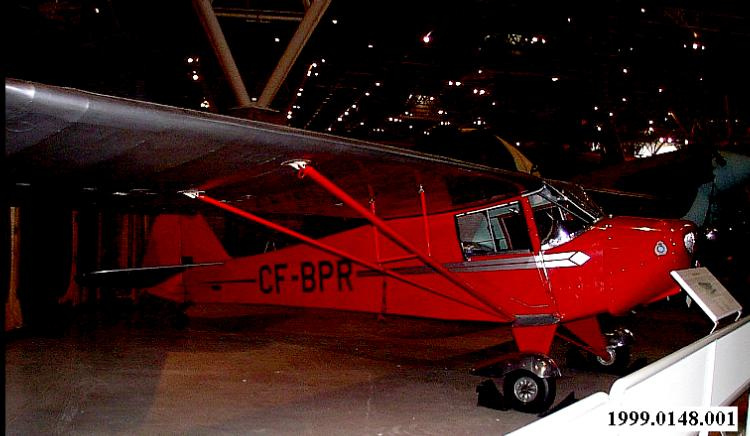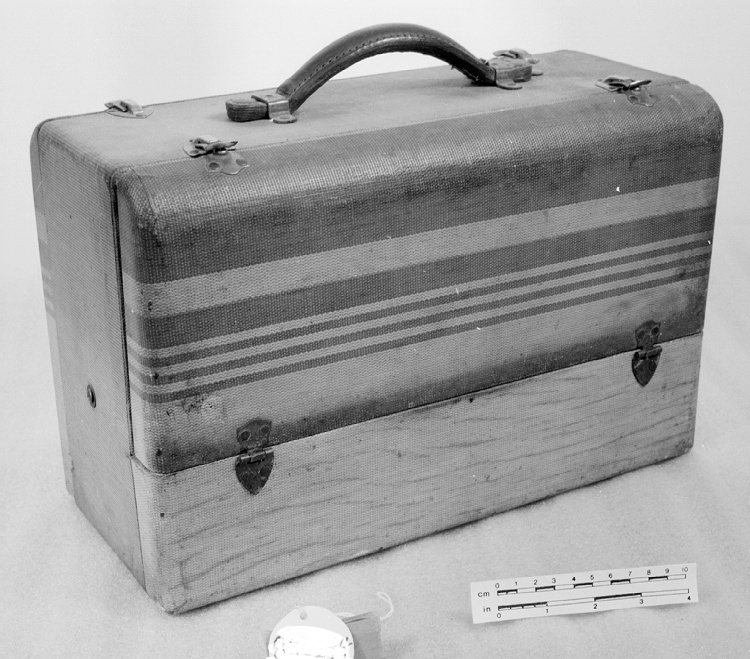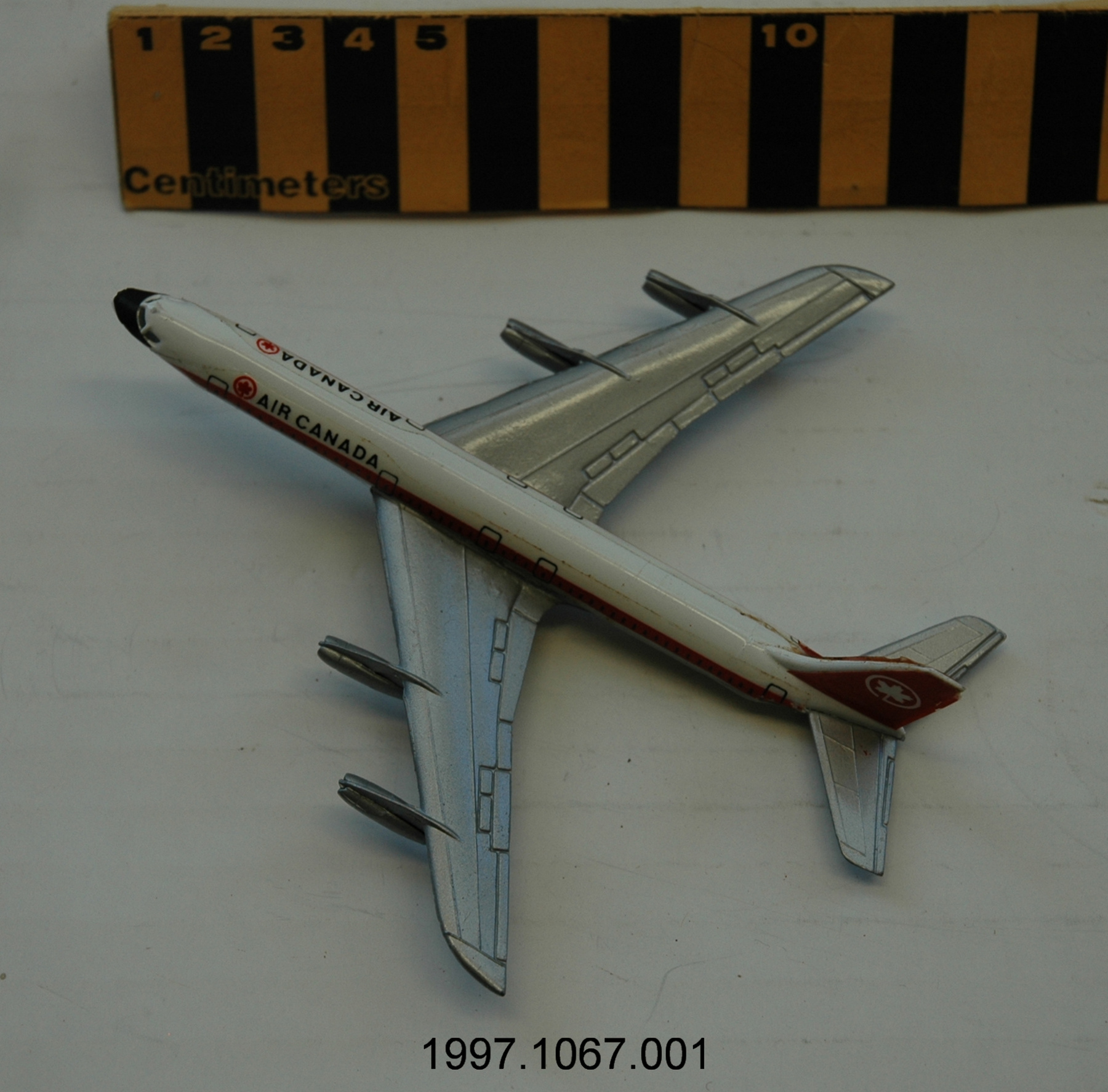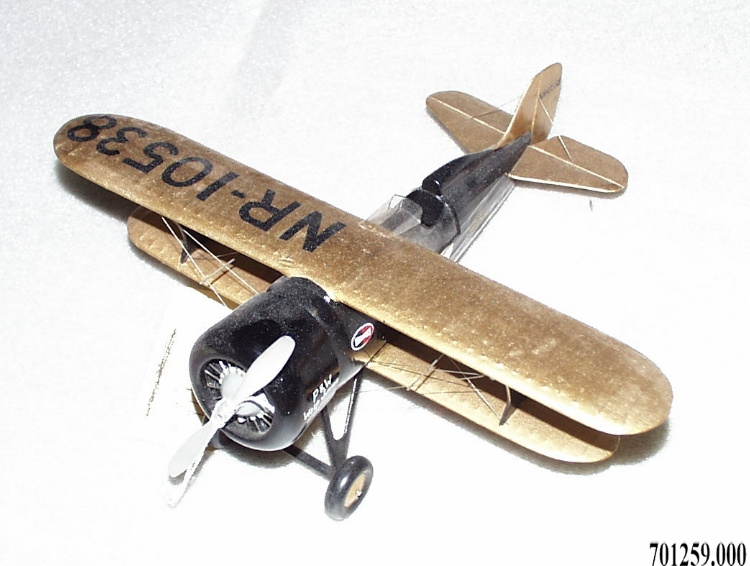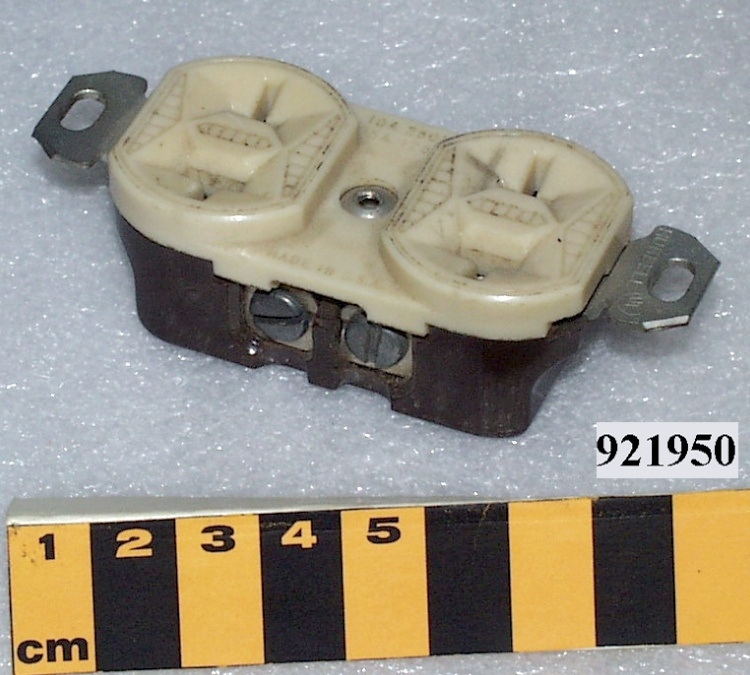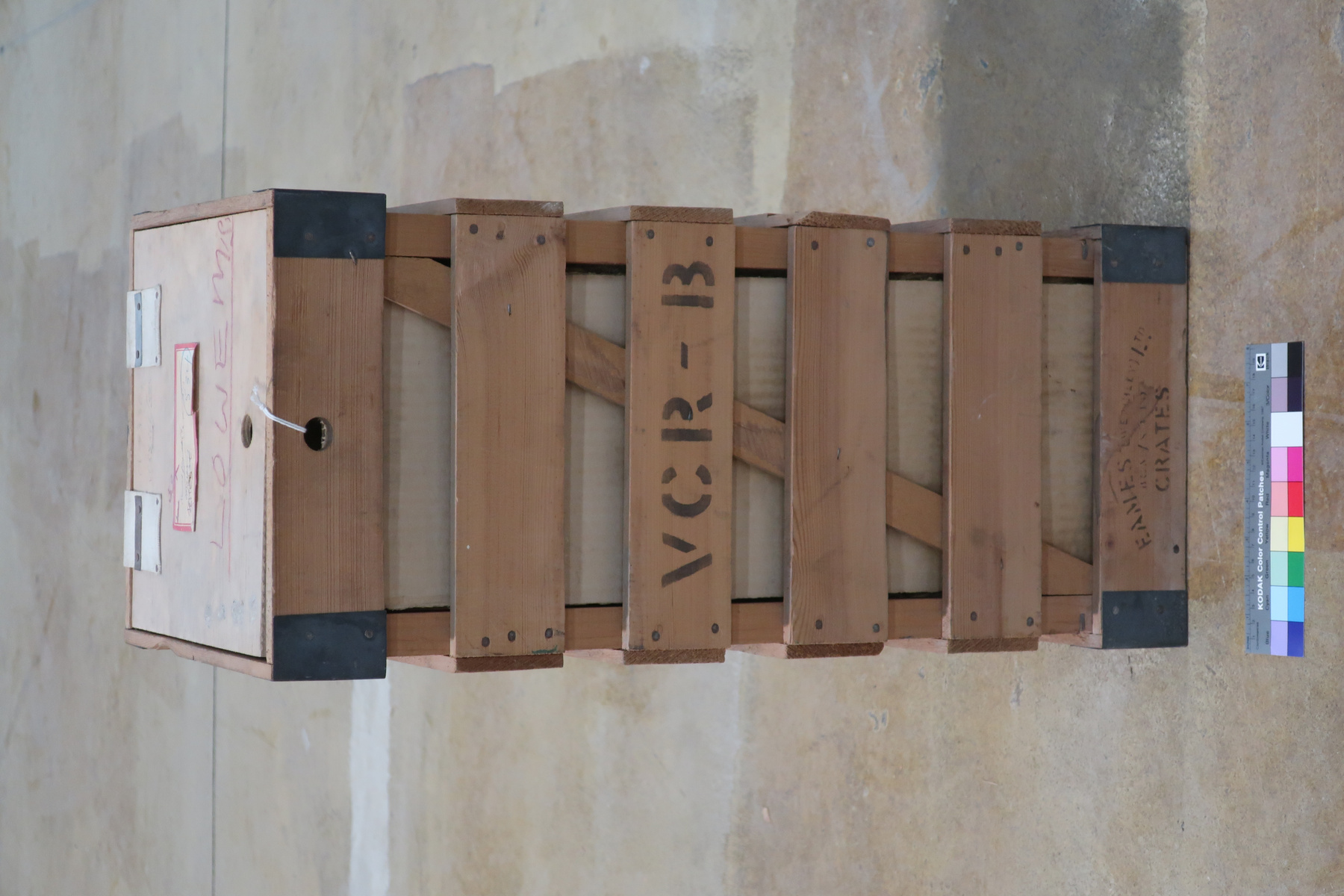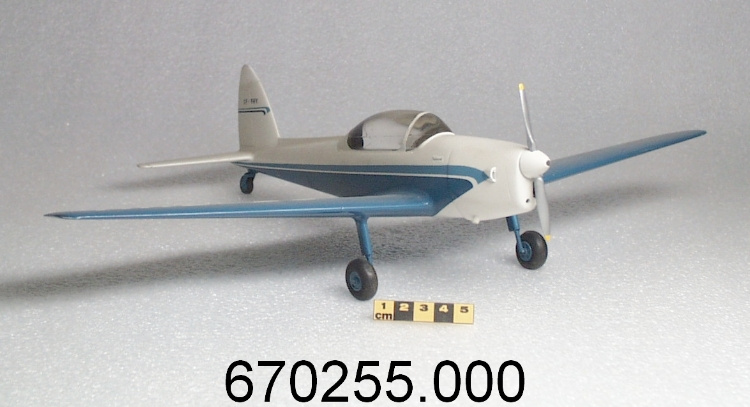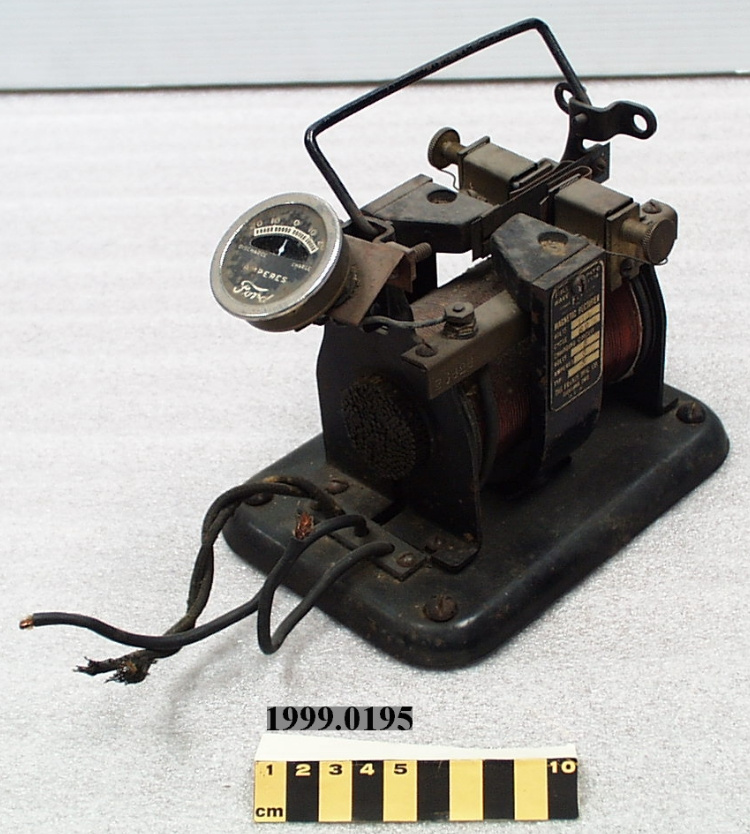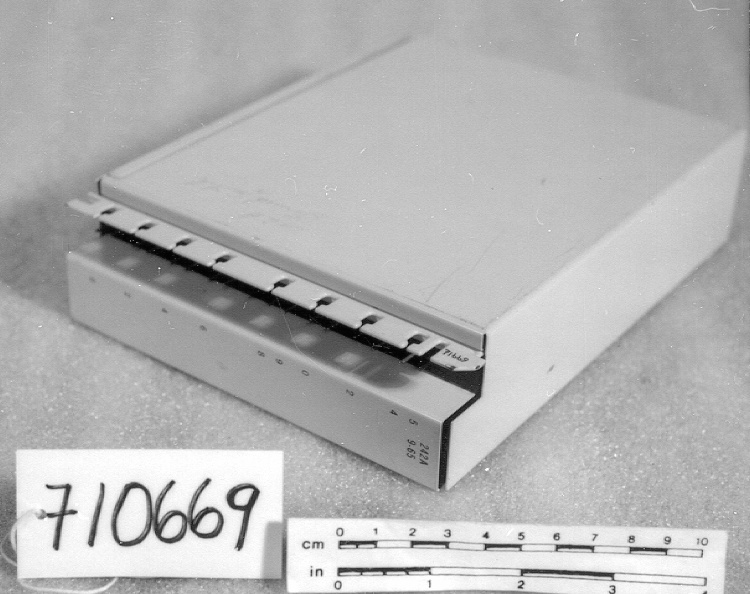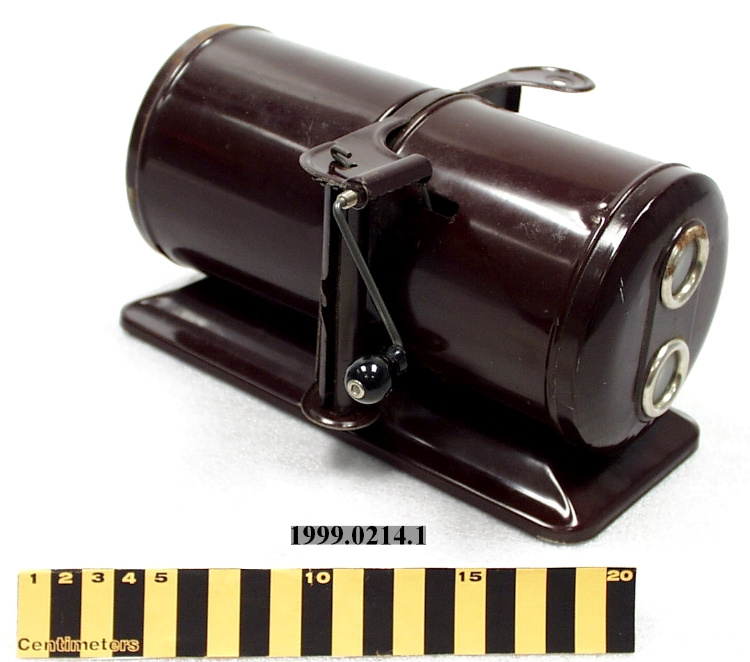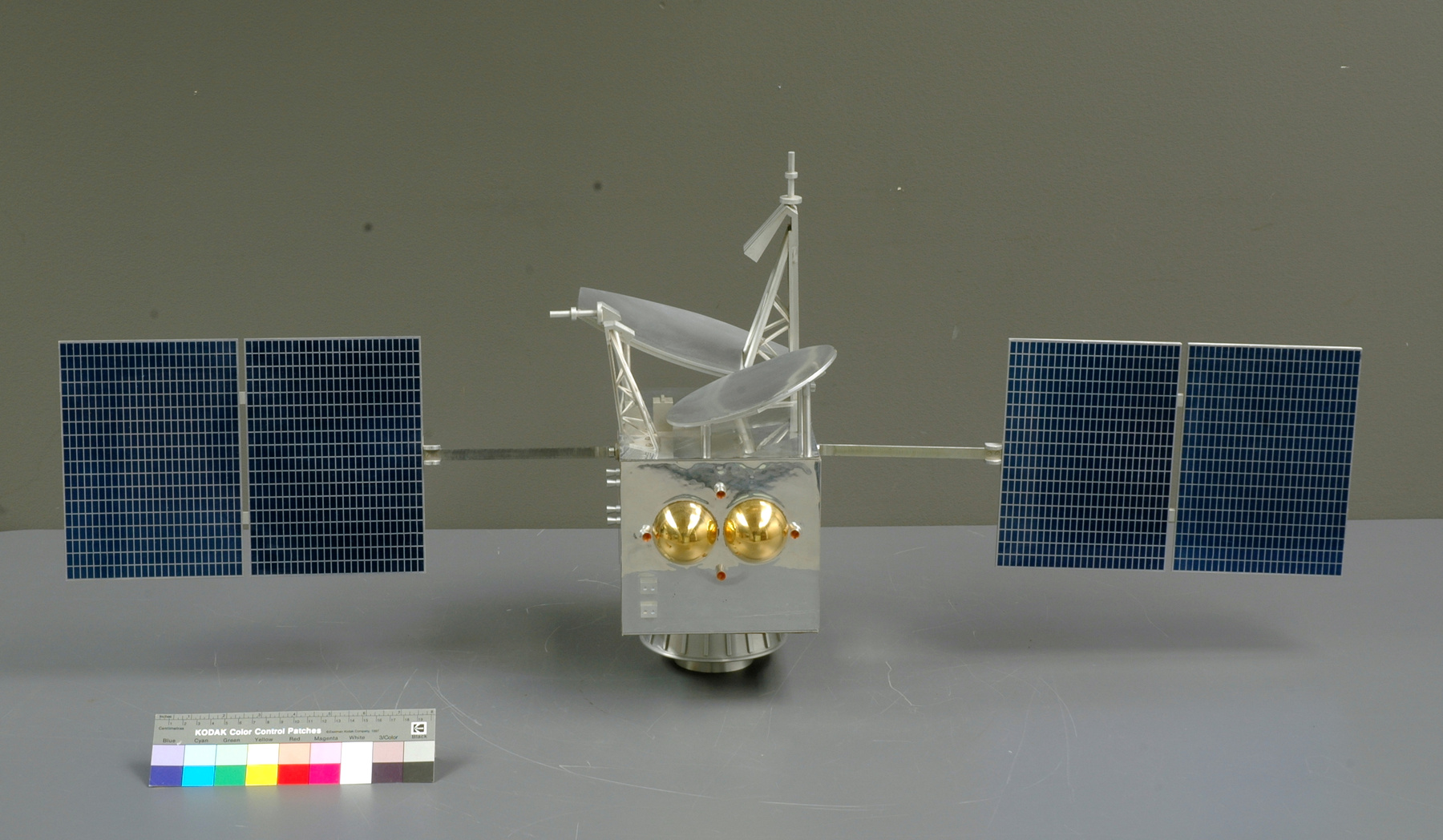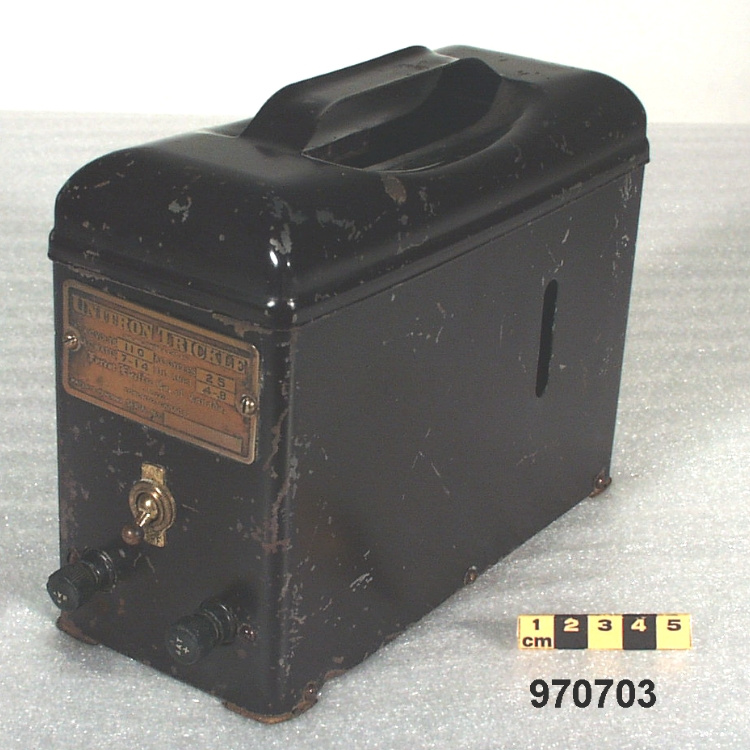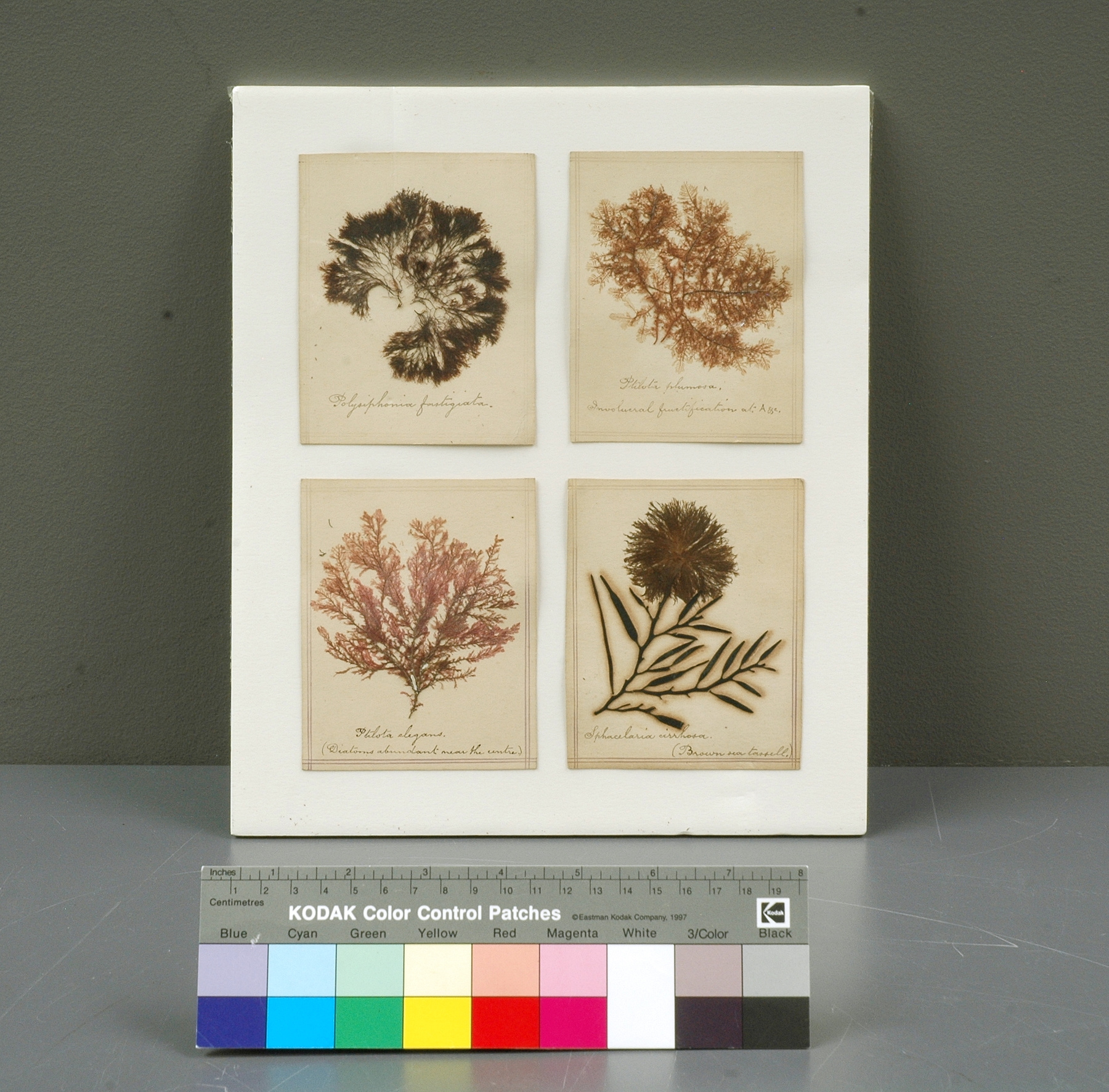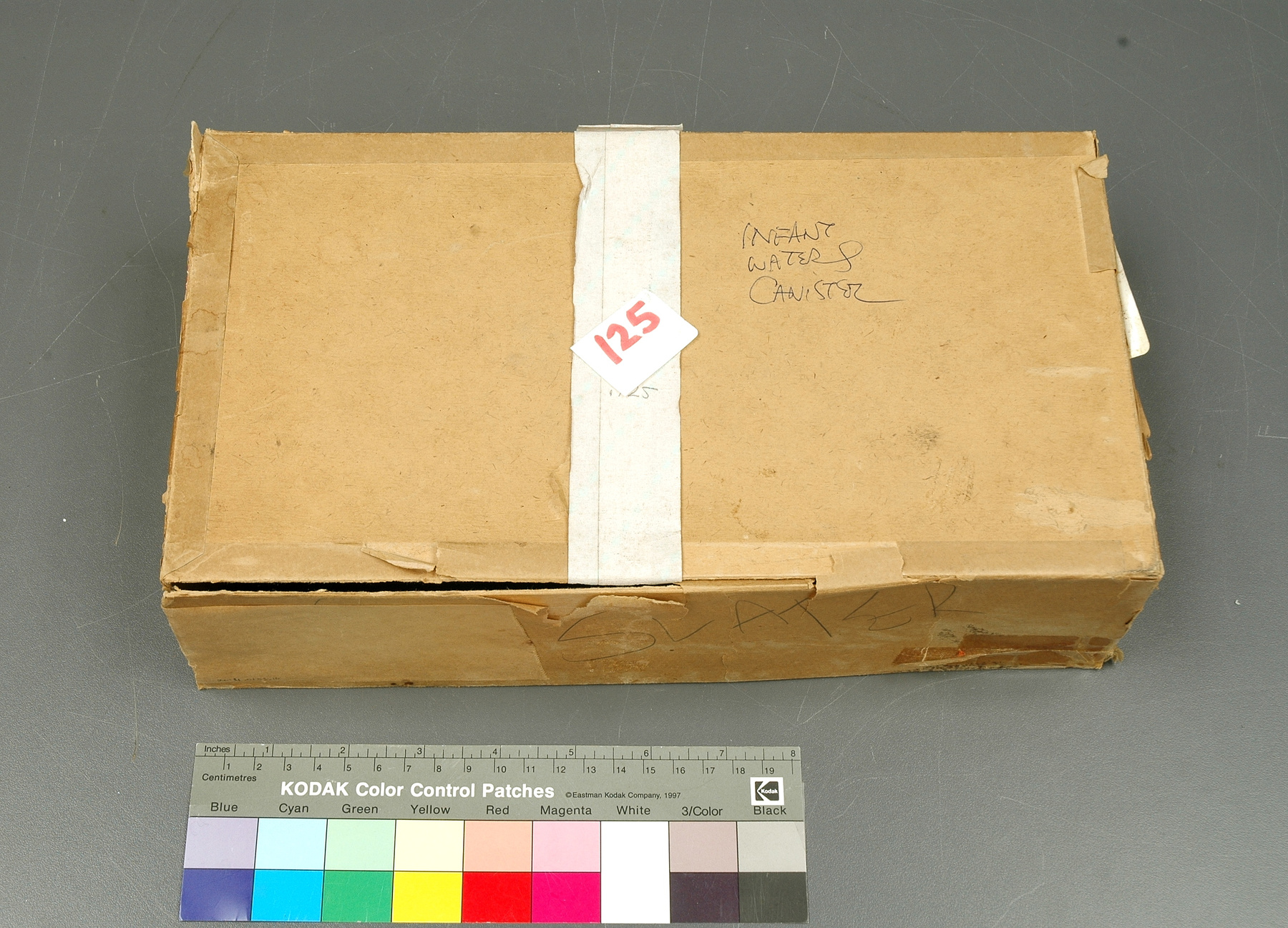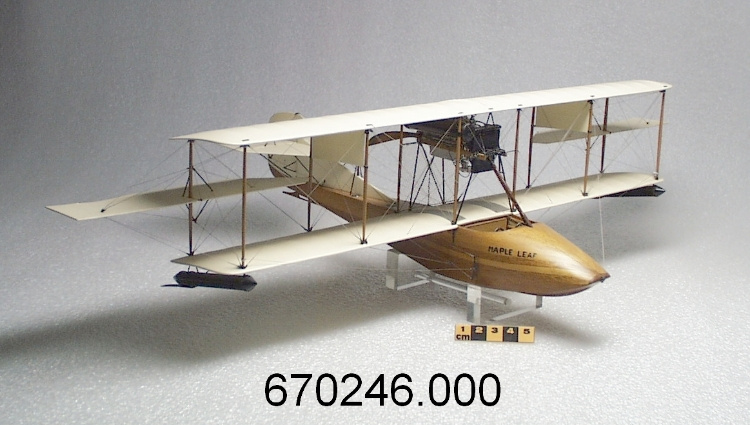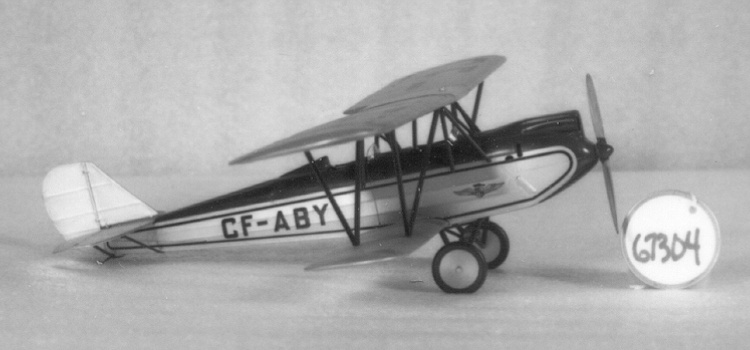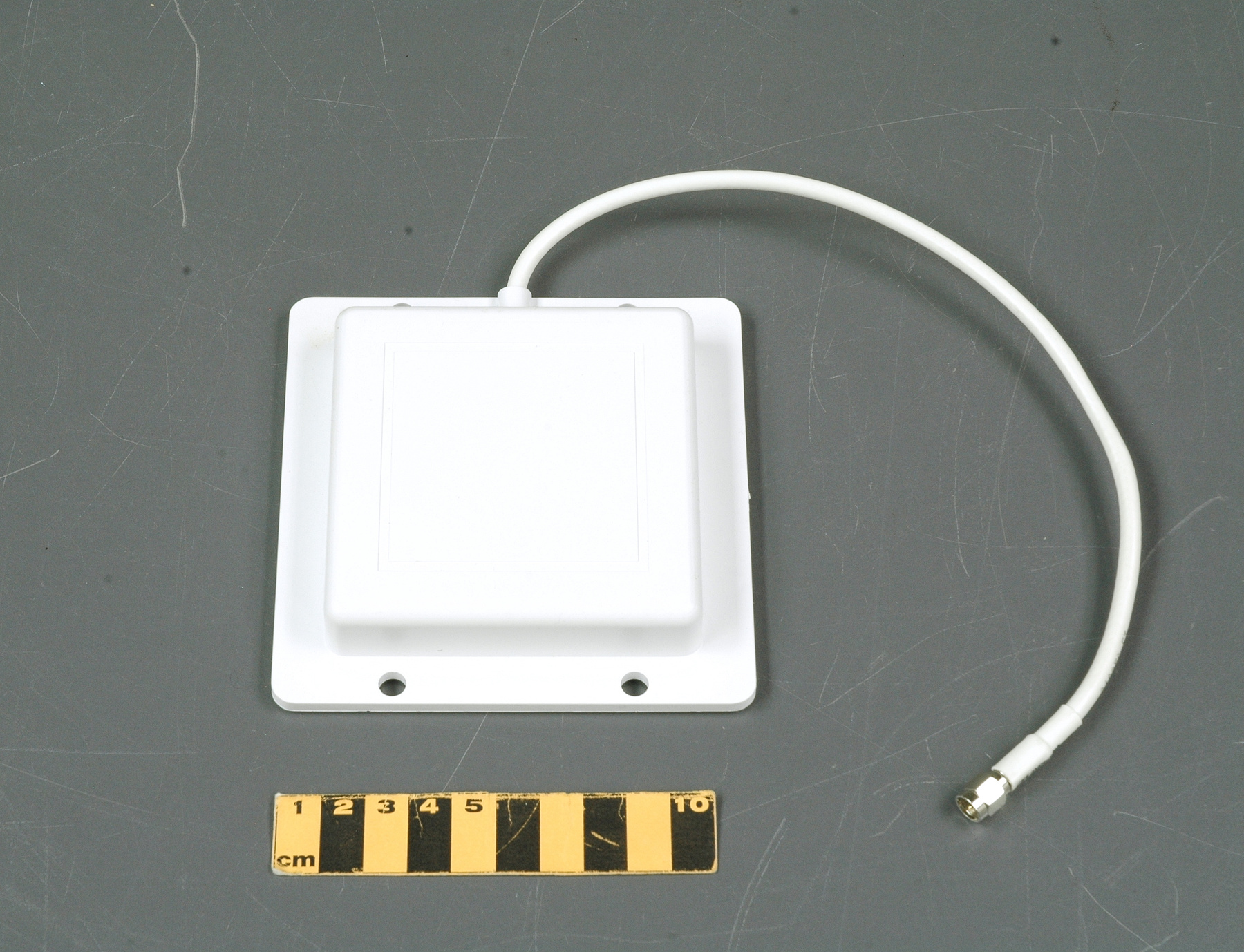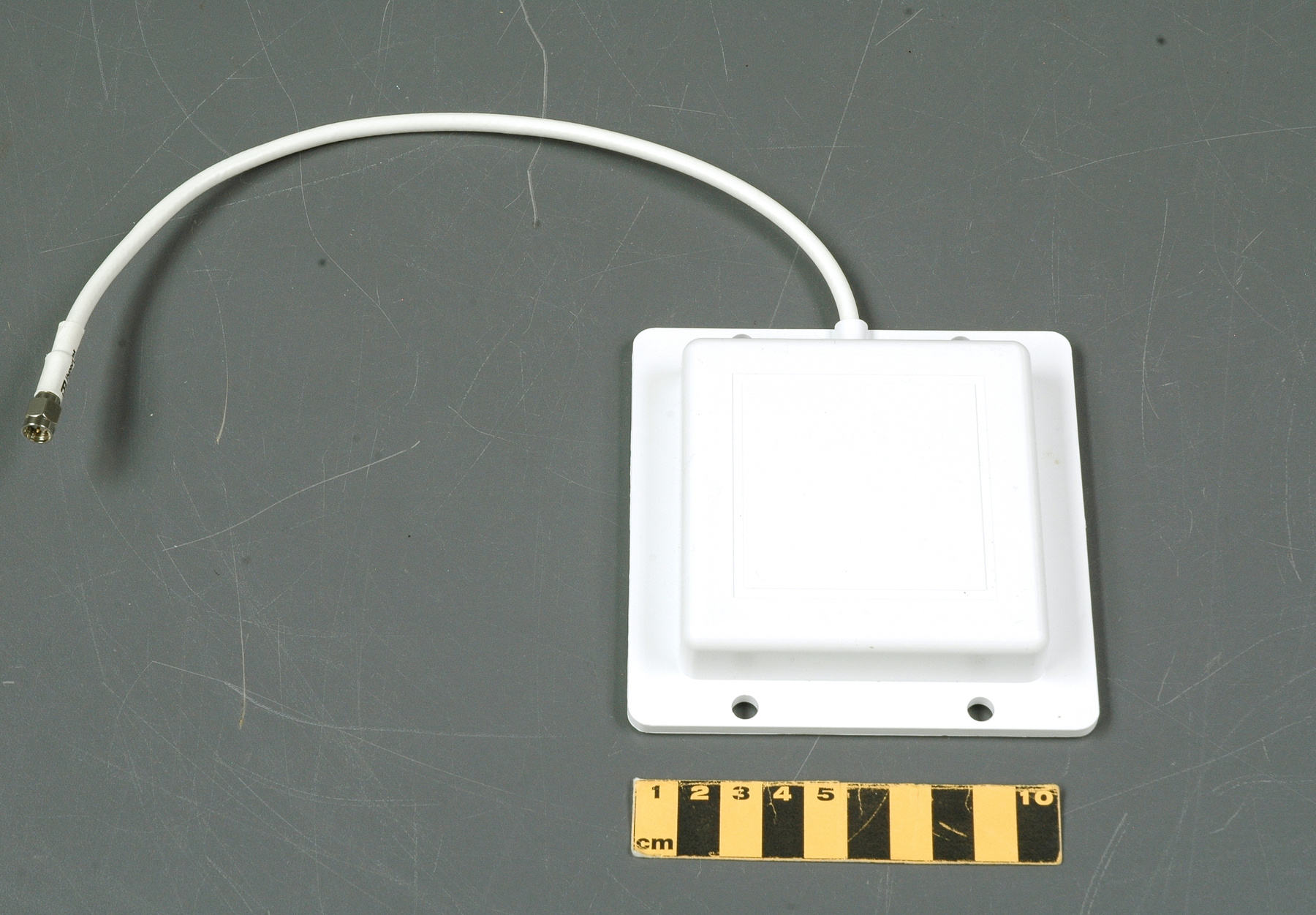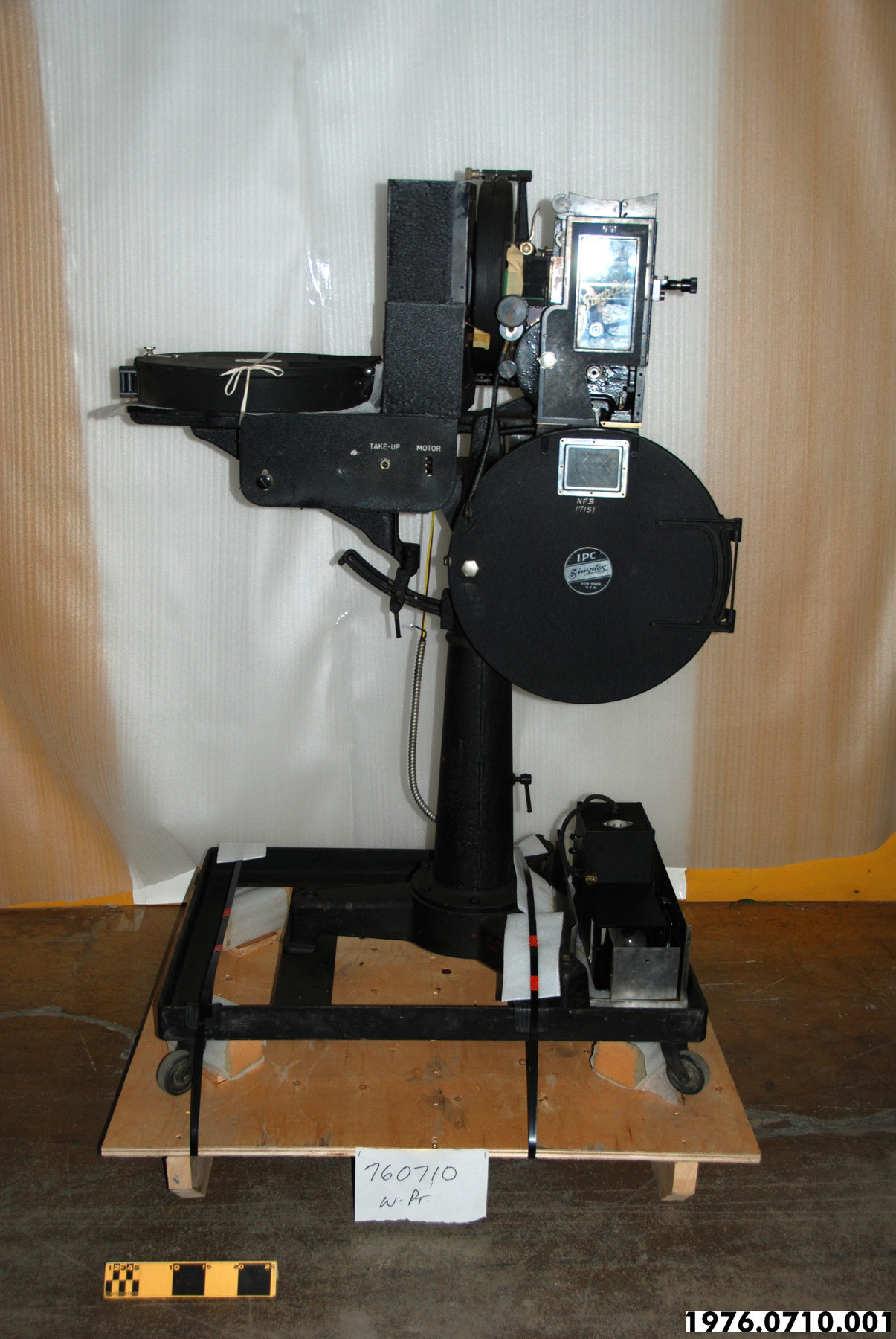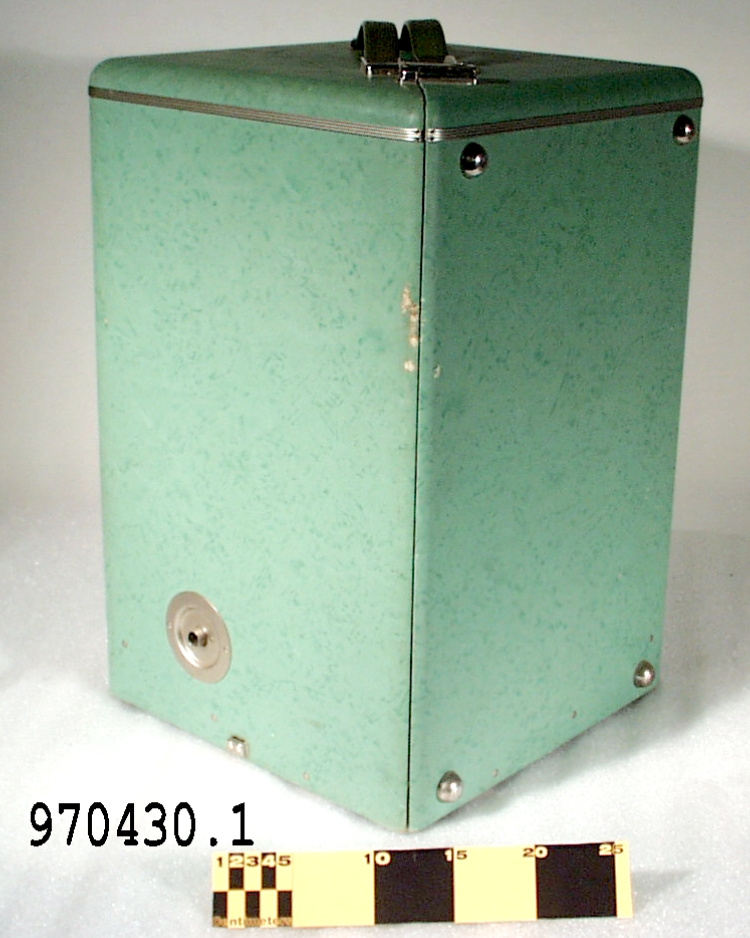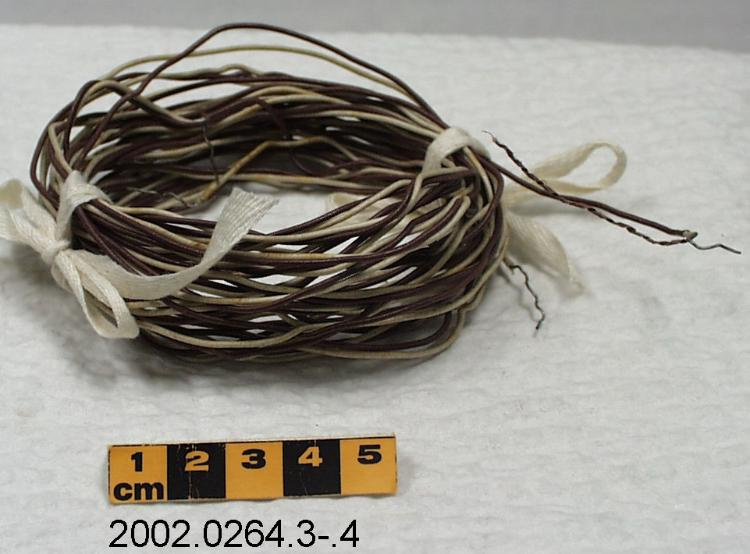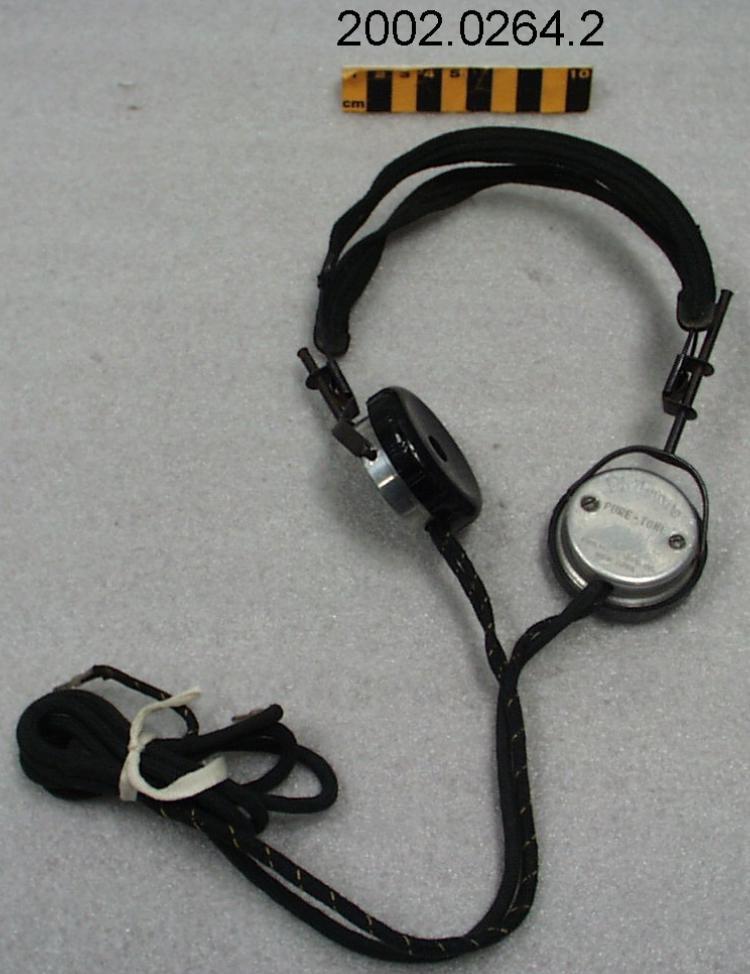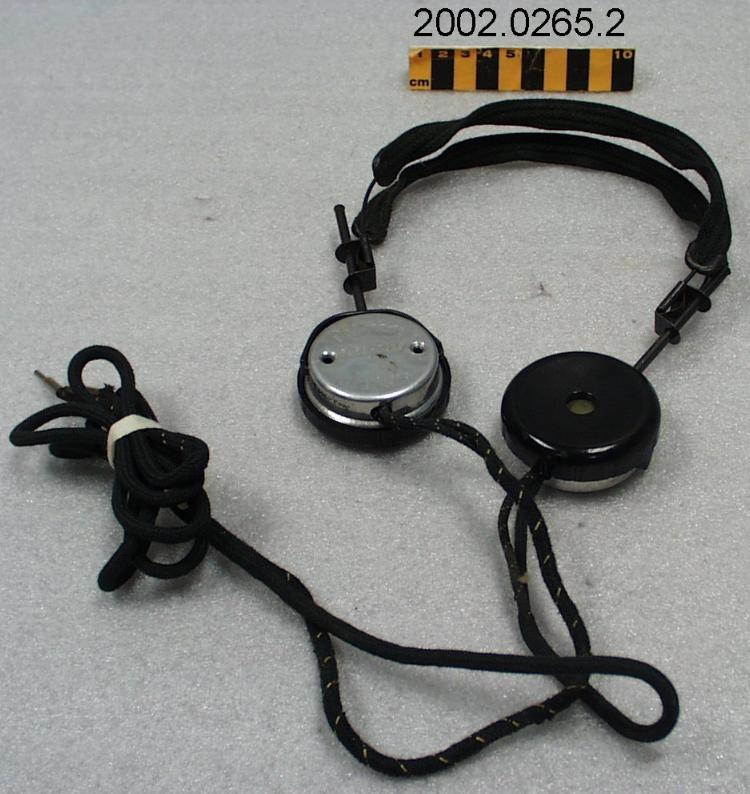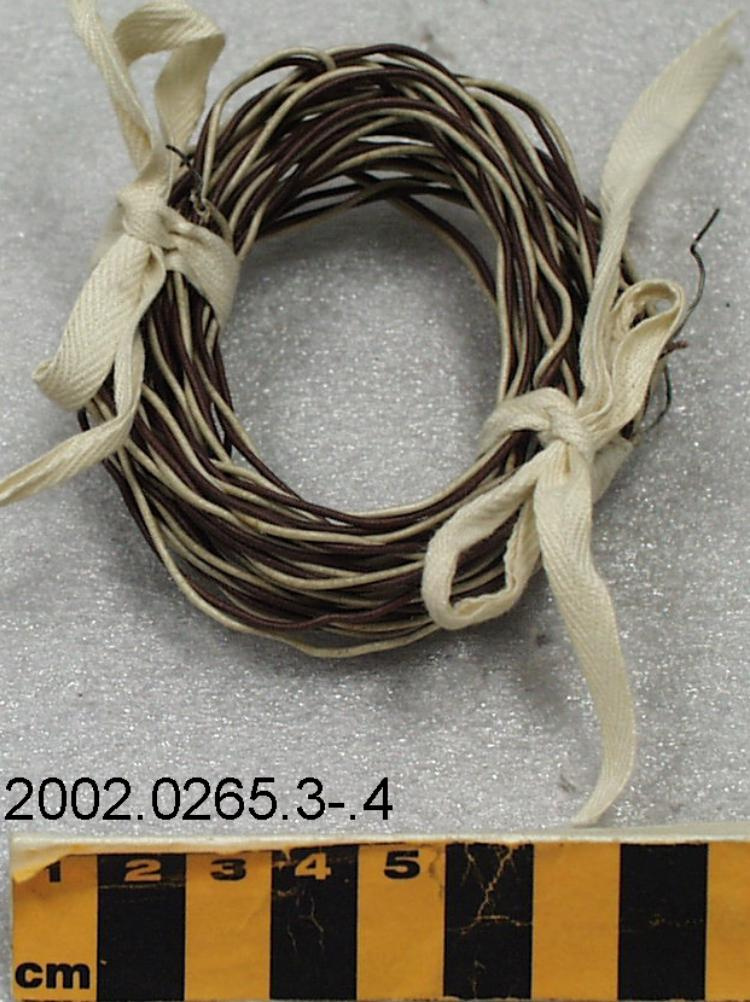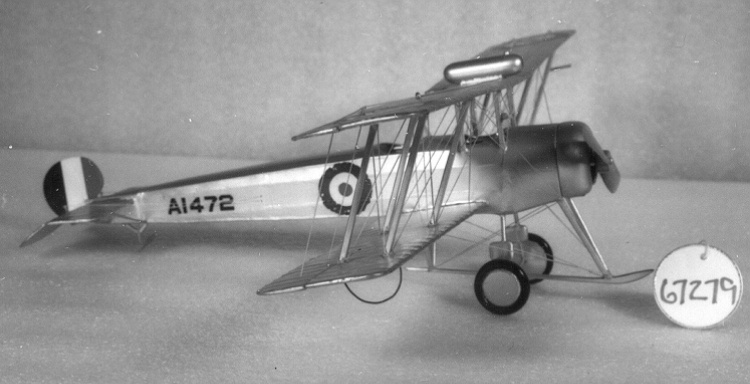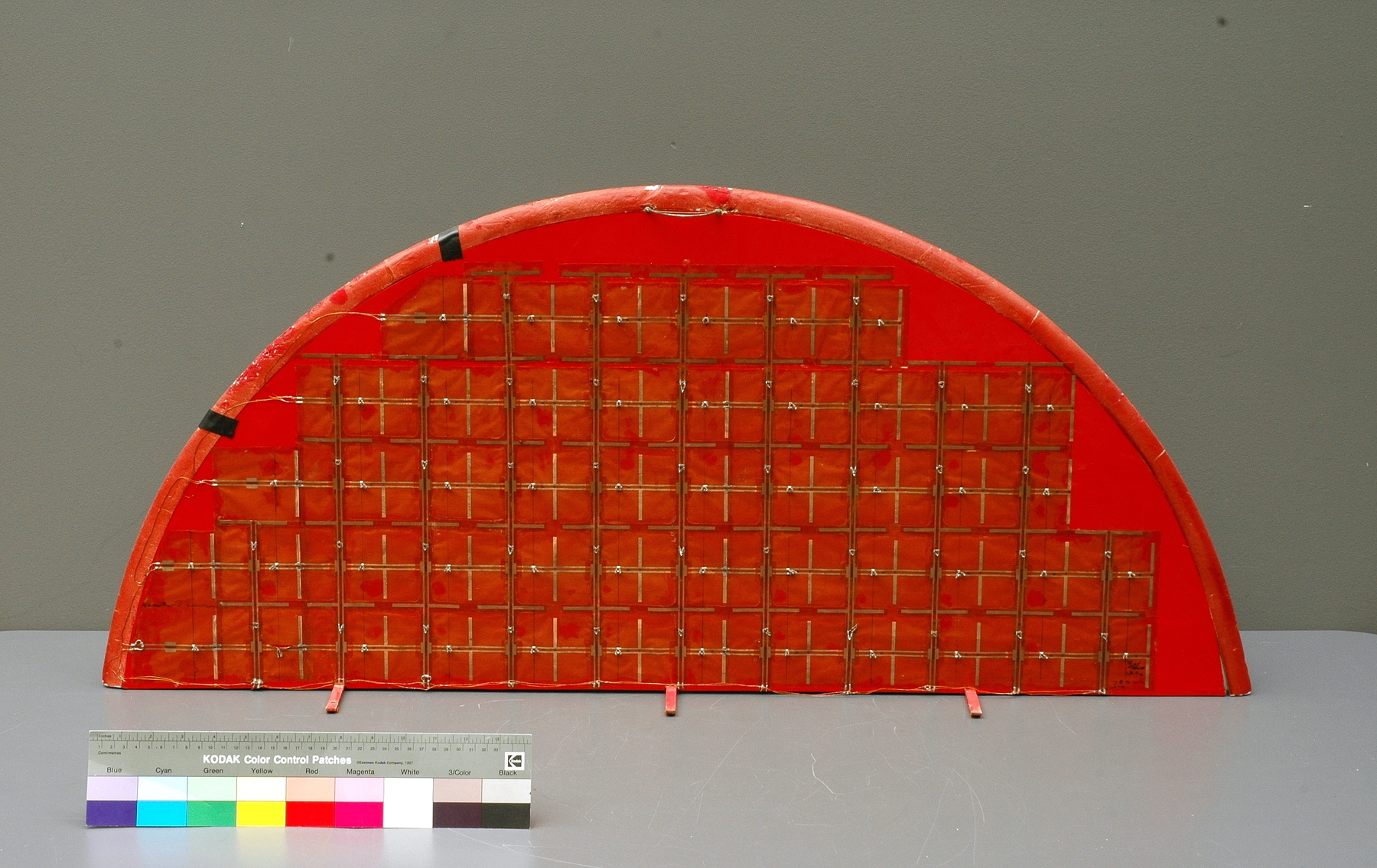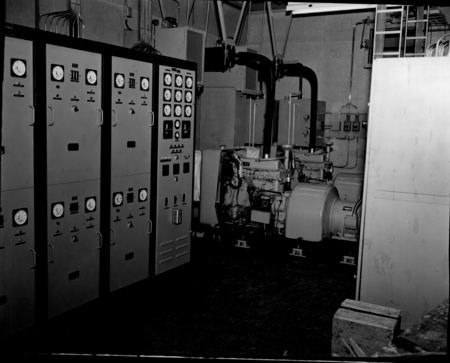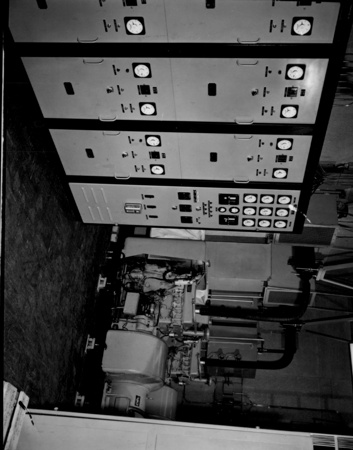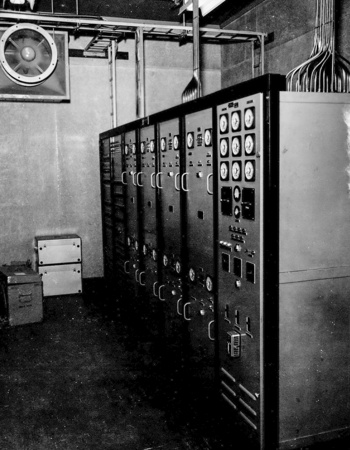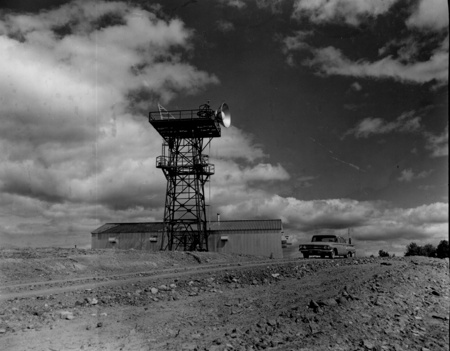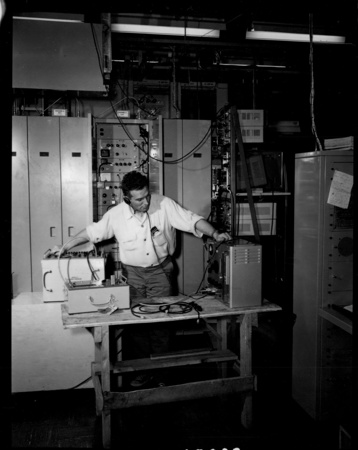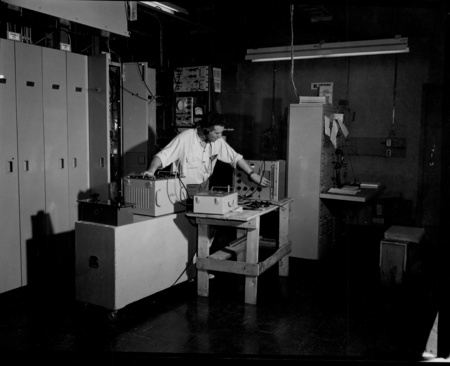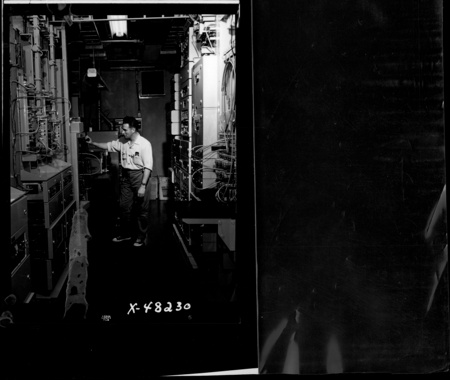Antenne redresseuse
Utiliser cette image
Puis-je réutiliser cette image sans autorisation? Oui
Les images sur le portail de la collection d’Ingenium ont la licence Creative Commons suivante :
Copyright Ingenium / CC BY-NC-ND (Attribution-NonCommercial 4.0 International (CC BY-NC 4.0)
ATTRIBUER CETTE IMAGE
Ingenium,
2014.0306.007
Permalien:
Ingenium diffuse cette image sous le cadre de licence Creative Commons et encourage son téléchargement et sa réutilisation à des fins non commerciales. Veuillez mentionner Ingenium et citer le numéro de l’artefact.
TÉLÉCHARGER L’IMAGEACHETER CETTE IMAGE
Cette image peut être utilisée gratuitement pour des fins non commerciales.
Pour un usage commercial, veuillez consulter nos frais de reproduction et communiquer avec nous pour acheter l’image.
- TYPE D’OBJET
- microwave
- DATE
- 1987
- NUMÉRO DE L’ARTEFACT
- 2014.0306.007
- FABRICANT
- University of Toronto, Institute for Aerospace Studies (UTIAS)
- MODÈLE
- SHARP
- EMPLACEMENT
- Downsview, Ontario, Canada
Plus d’information
Renseignements généraux
- Nº de série
- S/O
- Nº de partie
- 7
- Nombre total de parties
- 7
- Ou
- Rectifying antenna
- Brevets
- S/O
- Description générale
- Balsa wood frame and brackets with a synthetic covering and a metal foil covering, copper (possible) wires and strips and a foam (possible) outer edge.
Dimensions
Remarque : Cette information reflète la taille générale pour l’entreposage et ne représente pas nécessairement les véritables dimensions de l’objet.
- Longueur
- 105,5 cm
- Largeur
- 15,0 cm
- Hauteur
- 47,0 cm
- Épaisseur
- S/O
- Poids
- S/O
- Diamètre
- S/O
- Volume
- S/O
Lexique
- Groupe
- Communications
- Catégorie
- Maquettes
- Sous-catégorie
- S/O
Fabricant
- Ou
- University
- Pays
- Canada
- État/province
- Ontario
- Ville
- Downsview
Contexte
- Pays
- Canada
- État/province
- Ontario
- Période
- September-October, 1987
- Canada
-
Inconnu - Fonction
-
Gathers electromagnetic energy and converts it into D.C. for power. This was part of an array used by the SHARP 5 UAV to rectify microwave energy in order to power an electric motor to keep it airborne. (See Refs. 1 & 3) - Technique
-
While it is true that the thin-film etched- or printed-circuit rectenna was not a Canadian invention, the fact is that Canadian researchers developed and patented improved and innovative designs of rectennas that were well adapted to the SHARP. The CRC’s unique rectenna design included two critically spaced layers of rectennas arranged at right angle to each other. This configuration maximised the amount of power collected by the SHARP, without having to turn the antenna array on the ground to keep it aligned with the model’s rectennas. The very design of the SHARP proved to be quite a challenge. The vehicle had to be as aerodynamically efficient as possible, which meant a long and slender wing. On the other hand, it also had to catch as much microwave radiation as possible, which meant a large collecting area. As was written above, the engineers developed and patented a highly innovative concept that combined a slender fuselage with a pylon-mounted wing and a large circular rectenna array to collect the microwaves. More rectennas of the type patented by the CRC were mounted underneath the wing and fuselage. This configuration offered the best achievable compromise between maximum aerodynamic efficiency and minimum variation in microwave beam power density. Some patents were issued as a result of the work done on the SHARP project (see References tab). Some Master’s Theses were also written by University of Toronto students as a result of this work. As of 2013, the SHARP project was the most advanced microwave-powered airplane project anywhere in the world. (From Acquisition Proposal, see Ref. 1) - Notes sur la région
-
Inconnu
Détails
- Marques
- On the proper bottom, written in black ink on the film covering the wiring network: "2nd/ PLANE/ 68.5g/ 78g with/ wire"
- Manque
- Appears complete
- Fini
- The edge, proper bottom and mounting brackets are predominantly red and the proper top is a silver-coloured, reflective mirror-finish. On the proper bottom is a network of copper coloured strips and wires covered with a translucent, slightly yellow synthetic film. On the edge of the rectenna, there are some strips of black adhesive tape.
- Décoration
- S/O
FAIRE RÉFÉRENCE À CET OBJET
Si vous souhaitez publier de l’information sur cet objet de collection, veuillez indiquer ce qui suit :
University of Toronto, Institute for Aerospace Studies (UTIAS), Antenne redresseuse, vers 1987, Numéro de l'artefact 2014.0306, Ingenium - Musées des sciences et de l'innovation du Canada, http://collection.ingeniumcanada.org/fr/id/2014.0306.007/
RÉTROACTION
Envoyer une question ou un commentaire sur cet artefact.
Plus comme ceci

